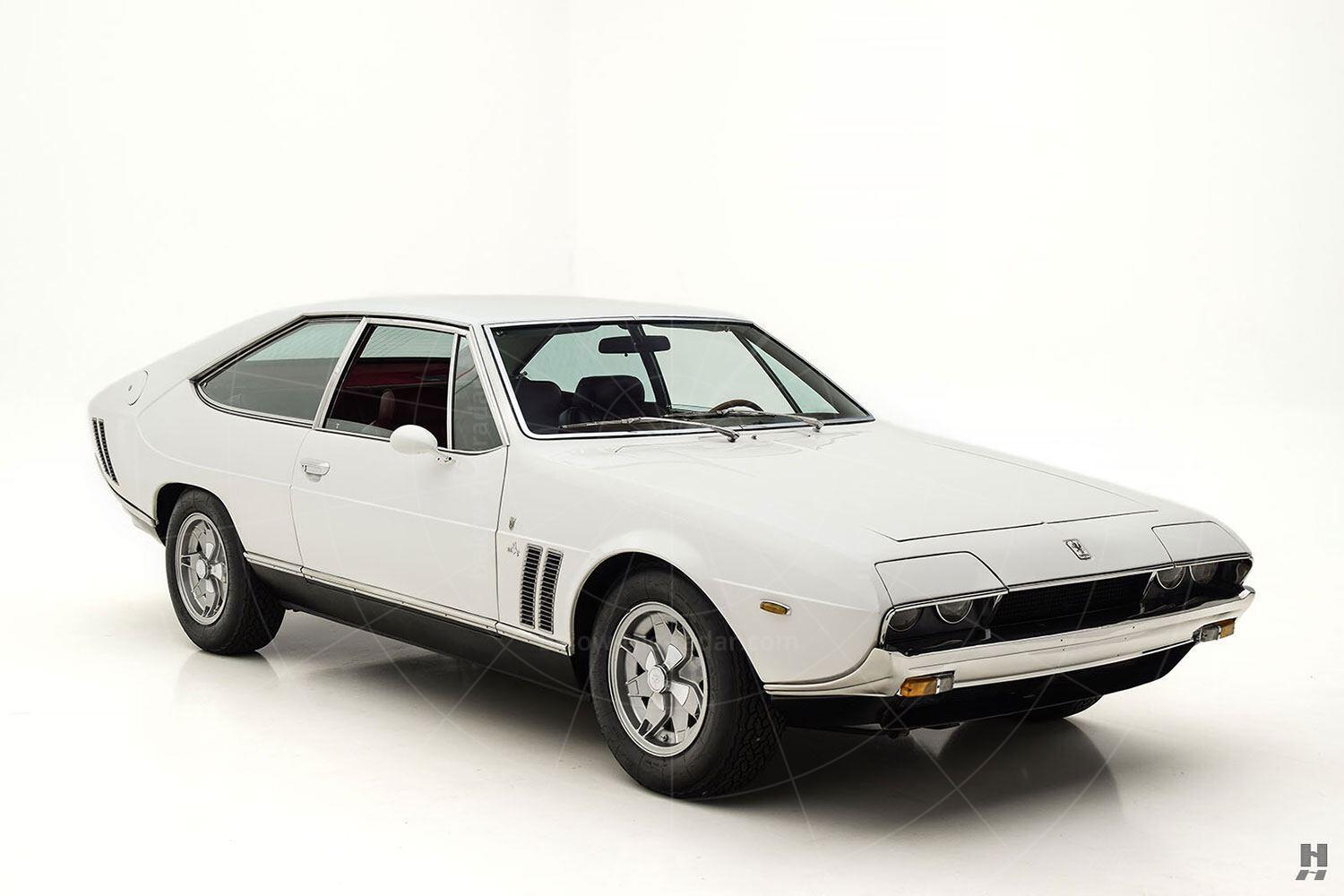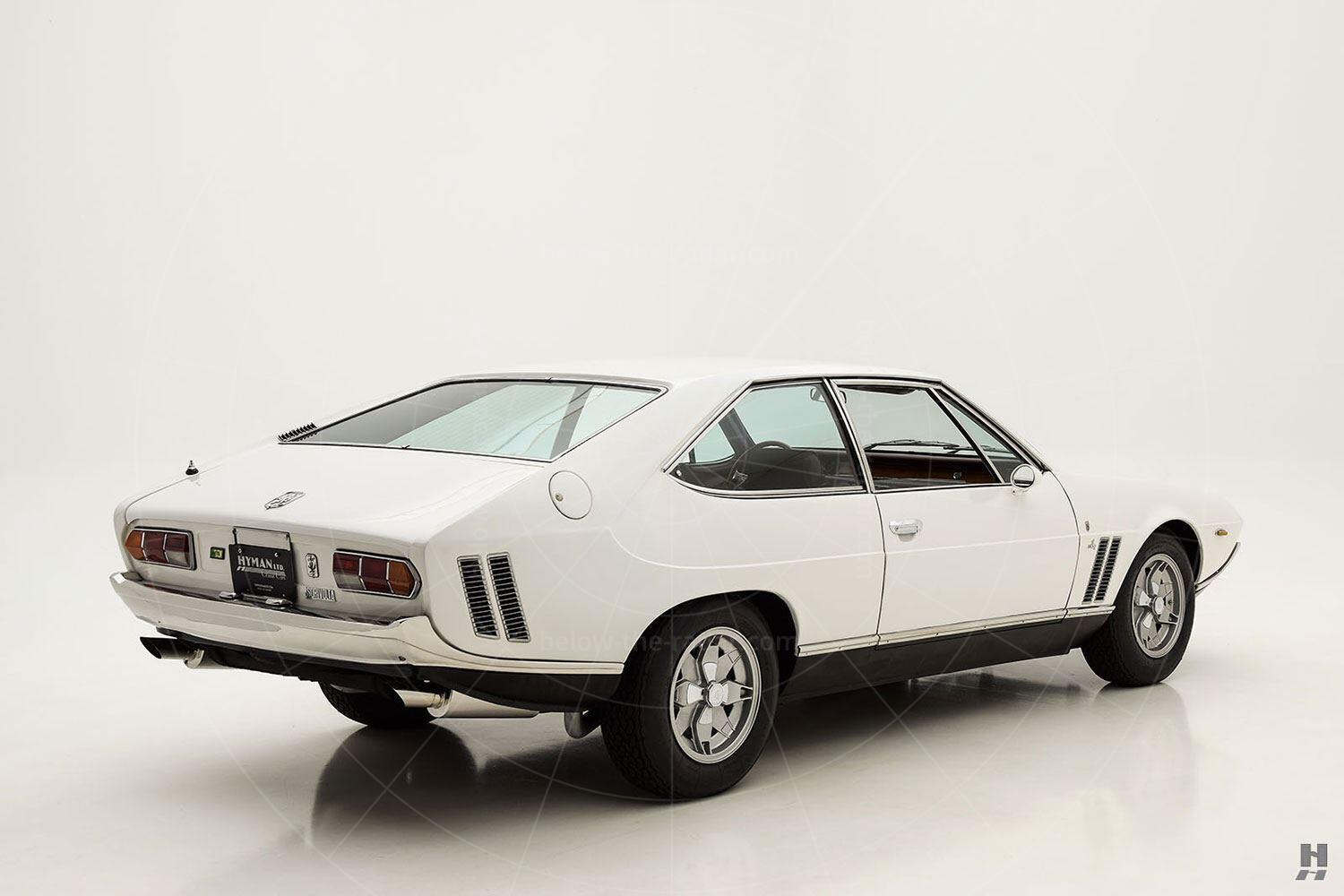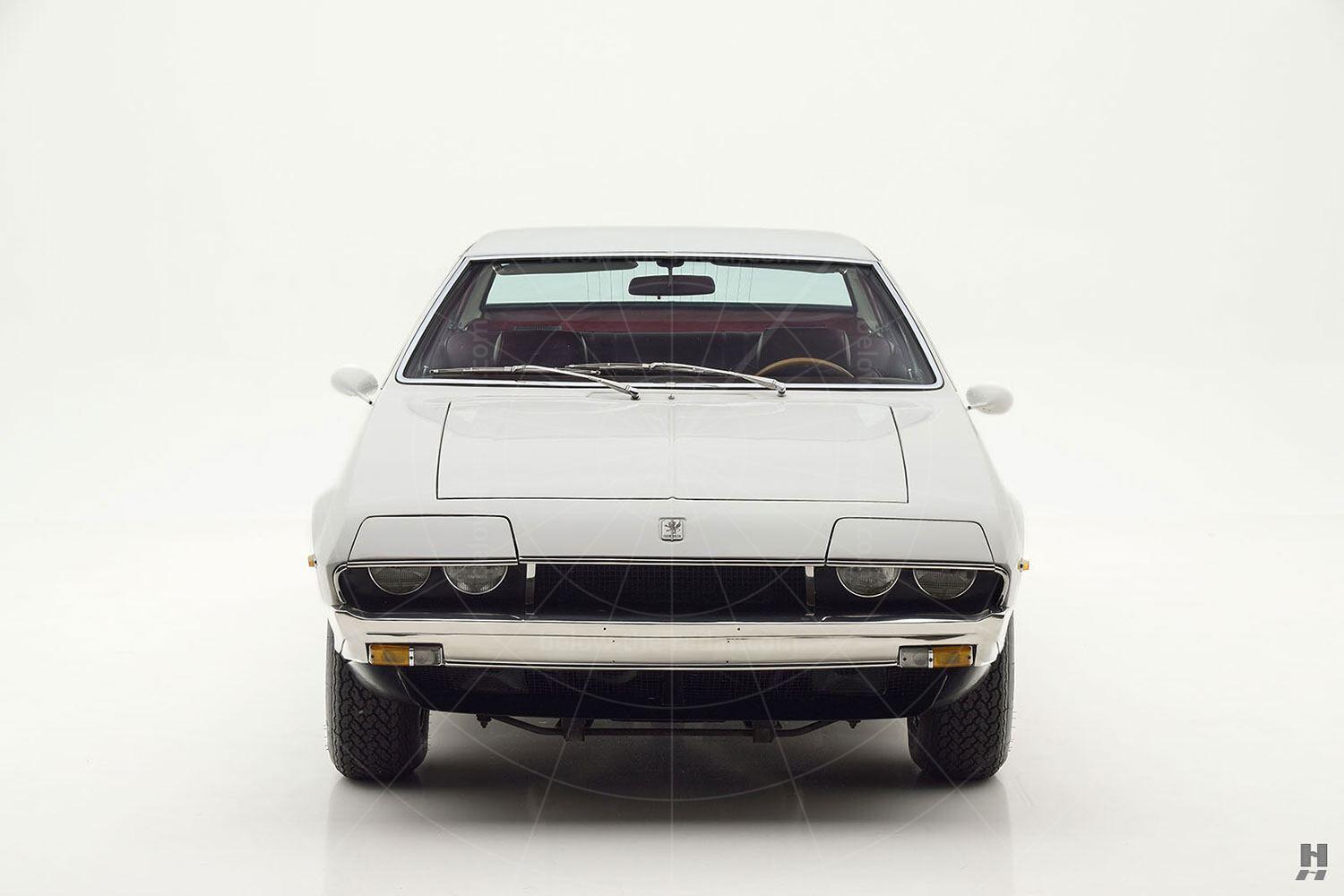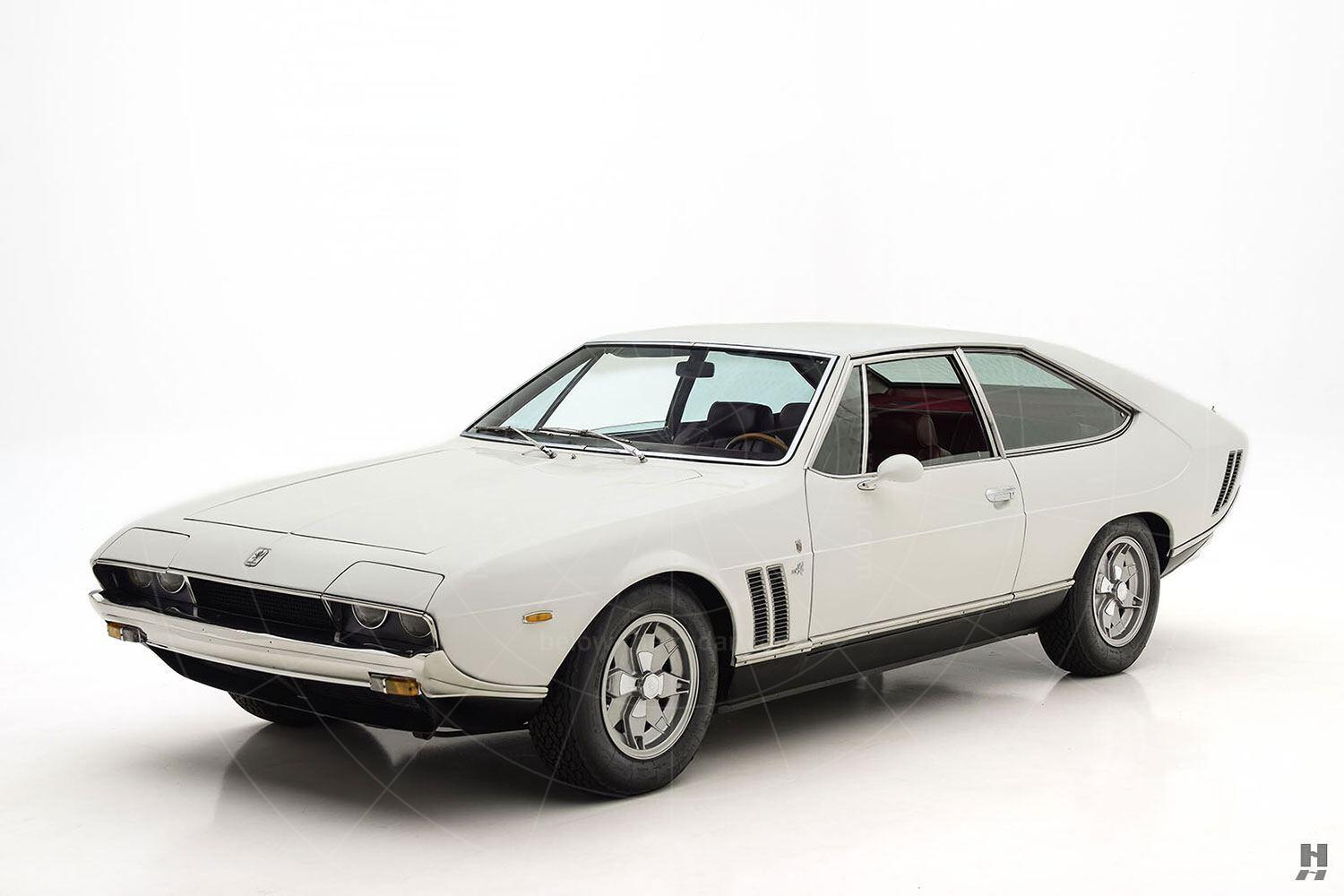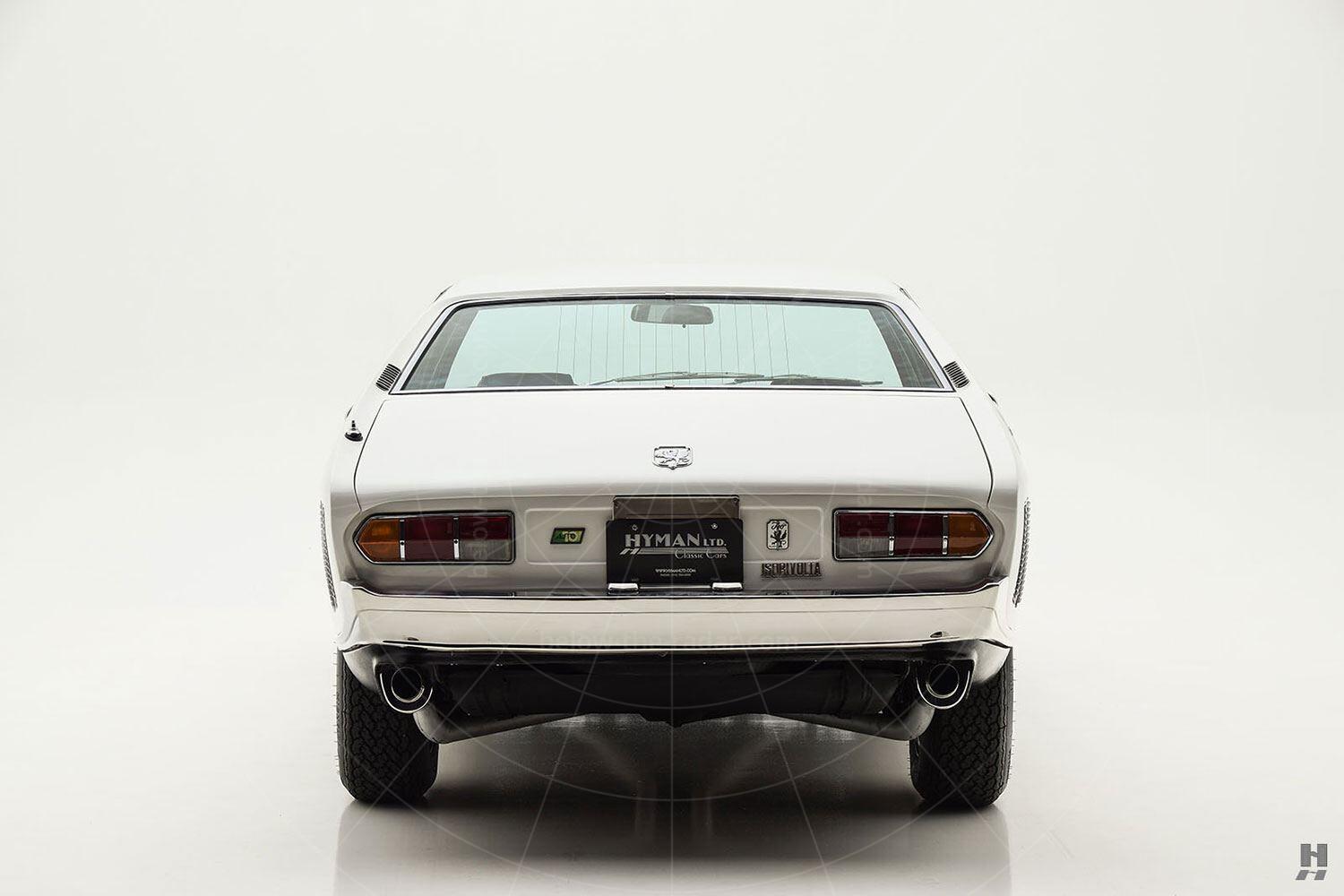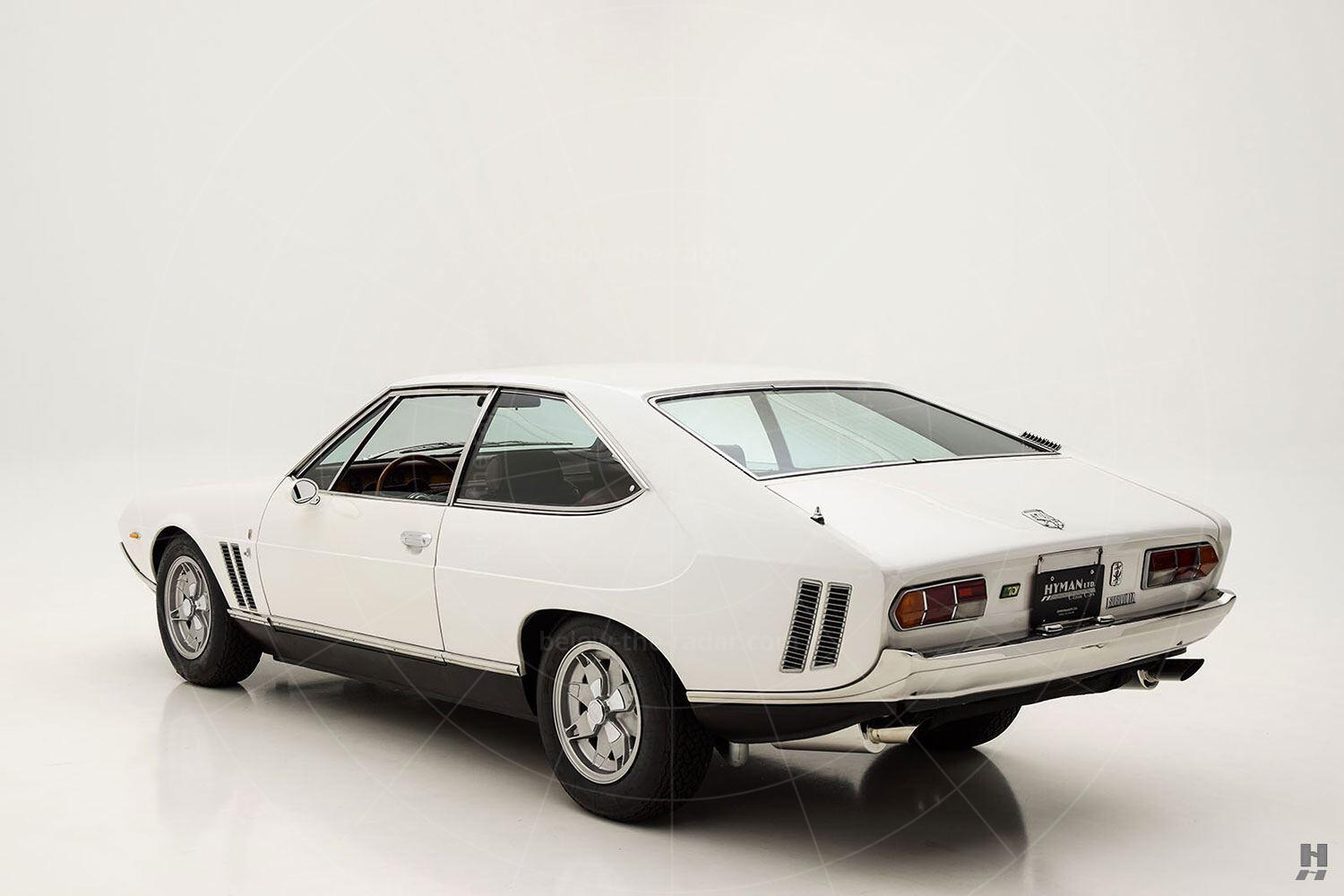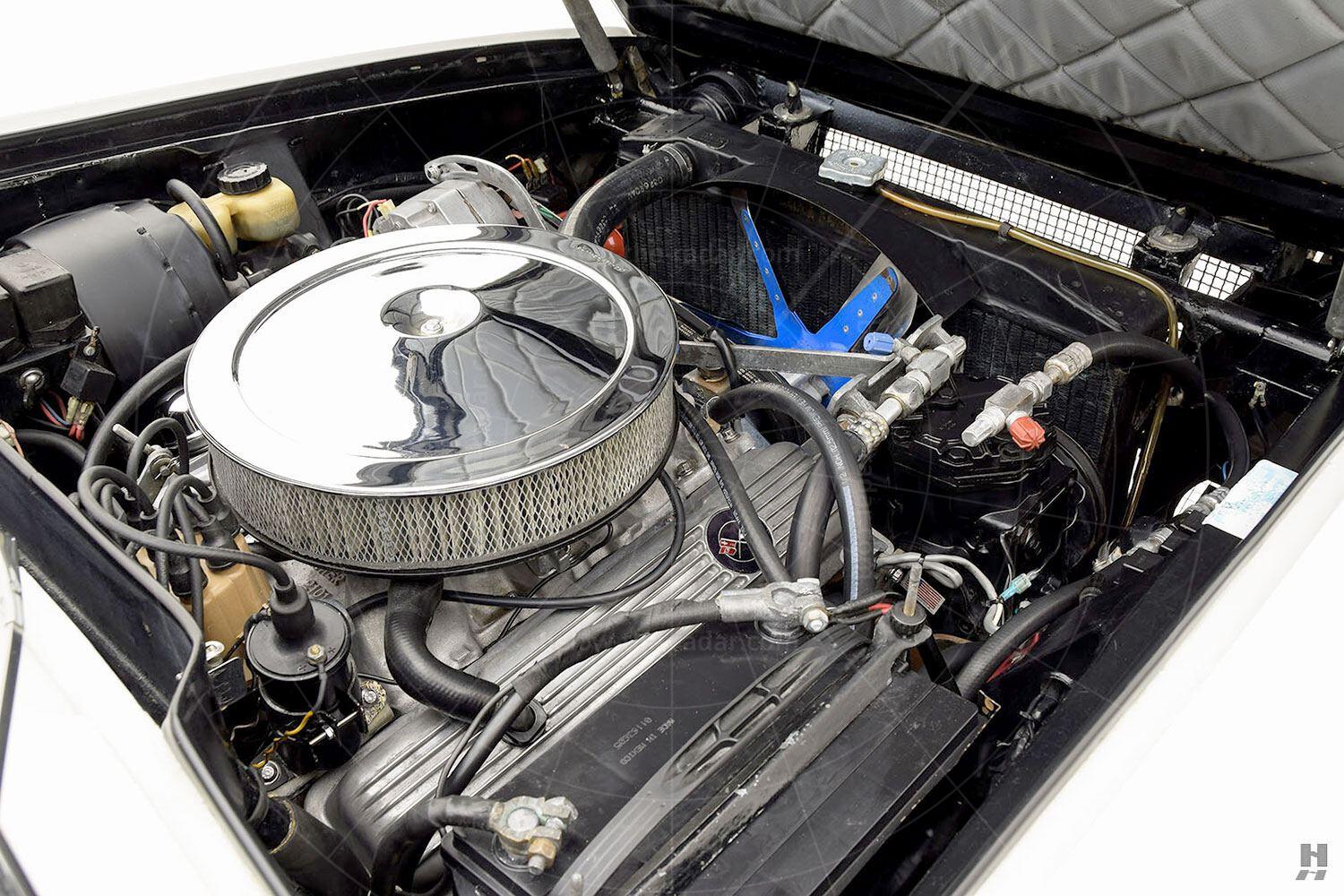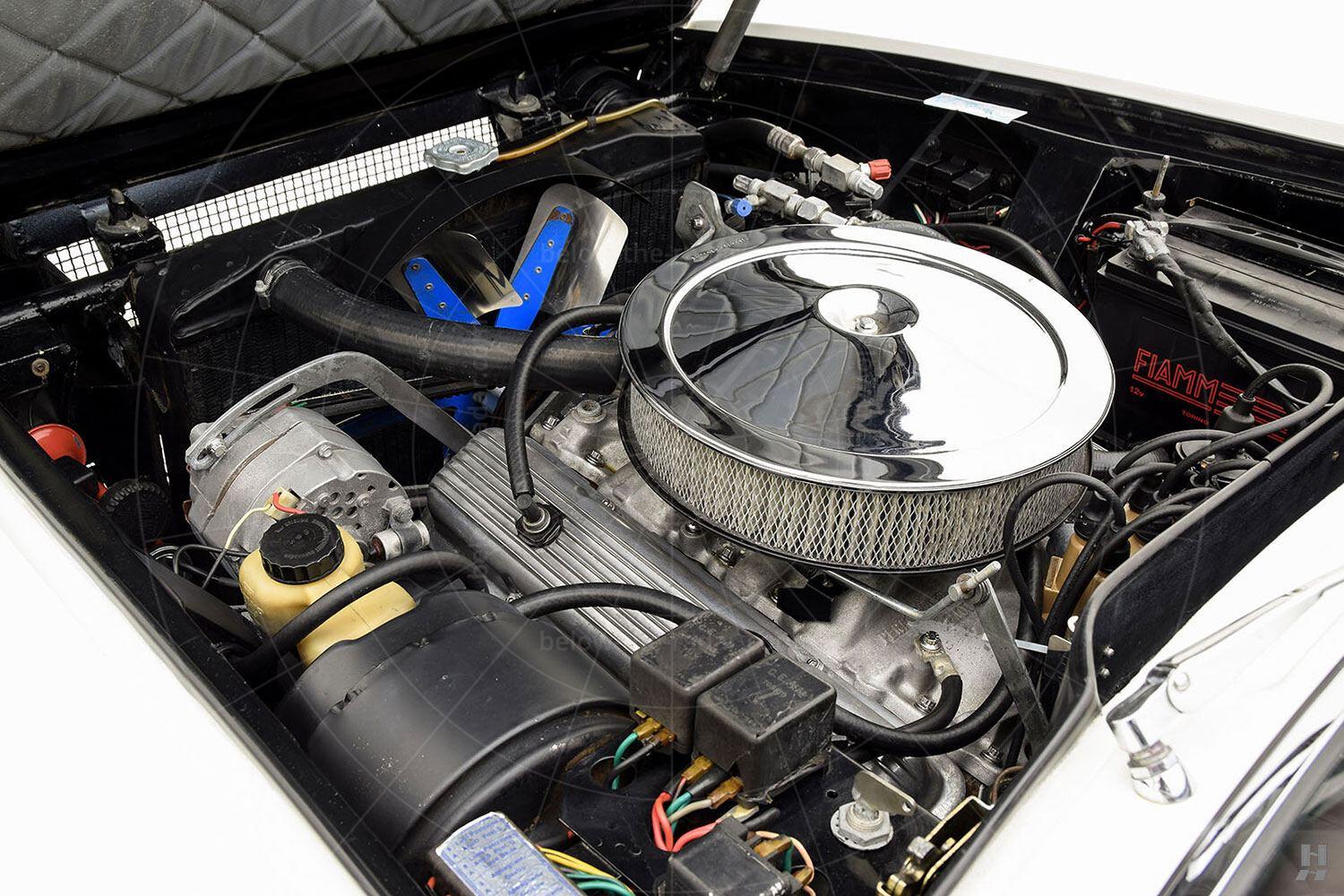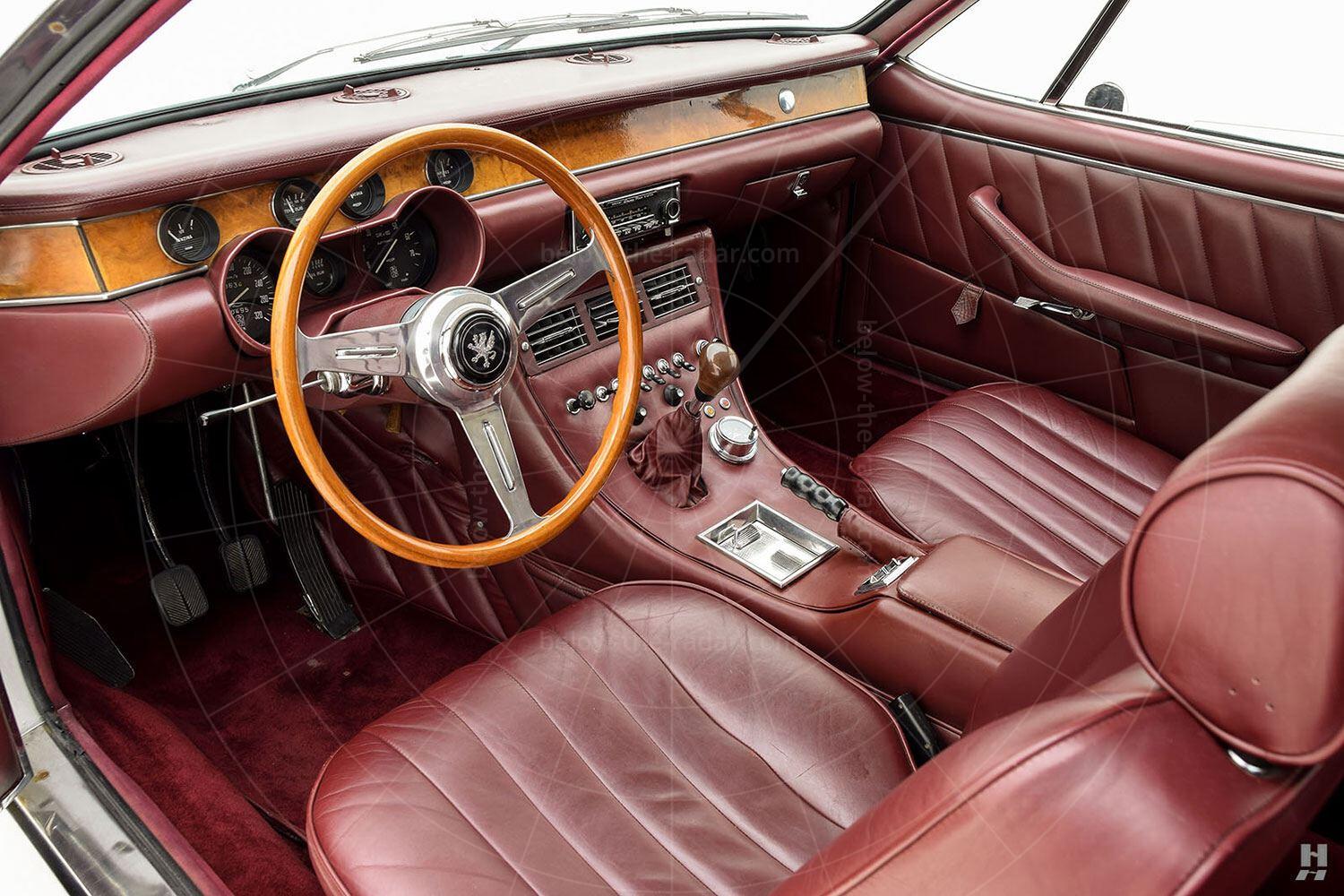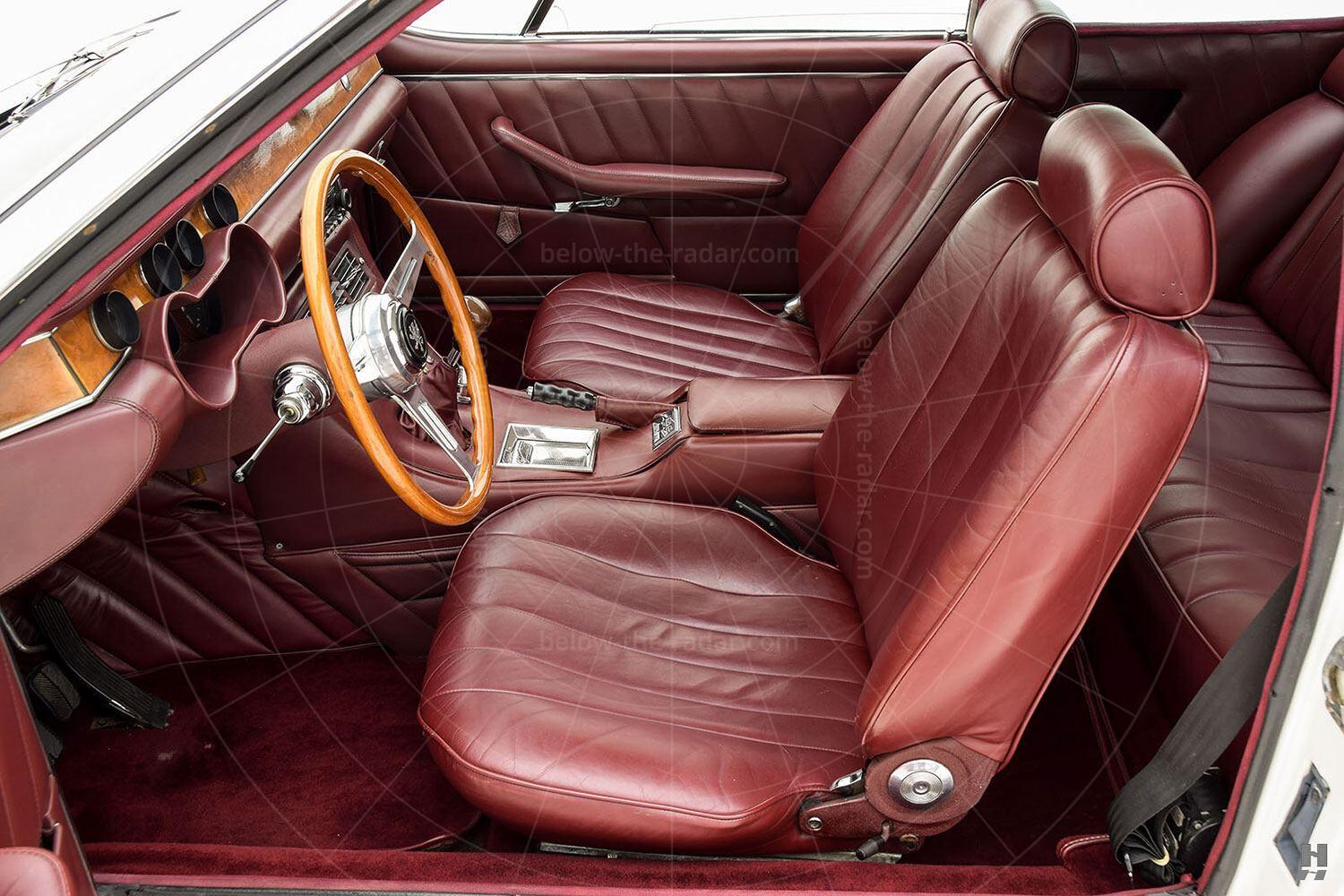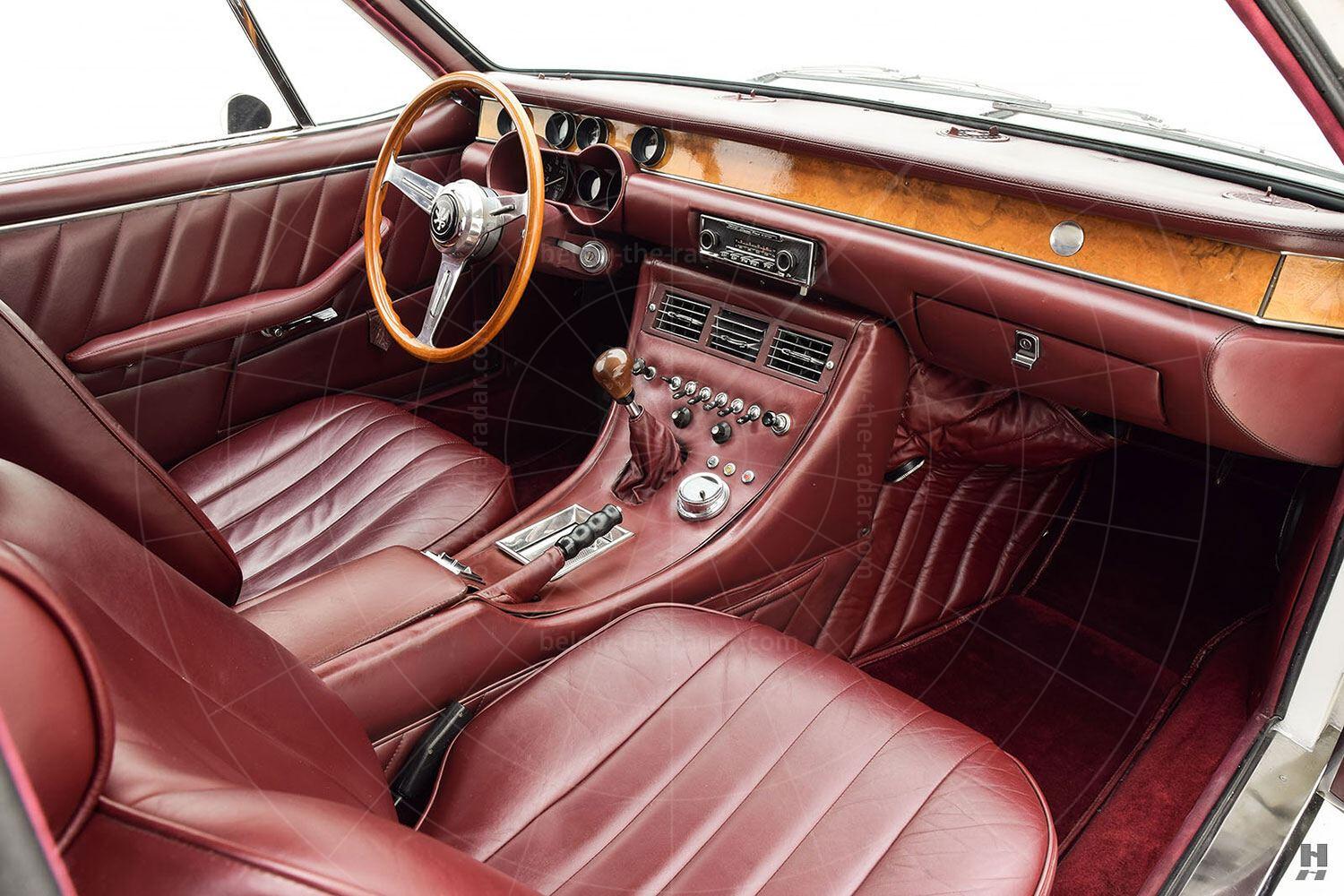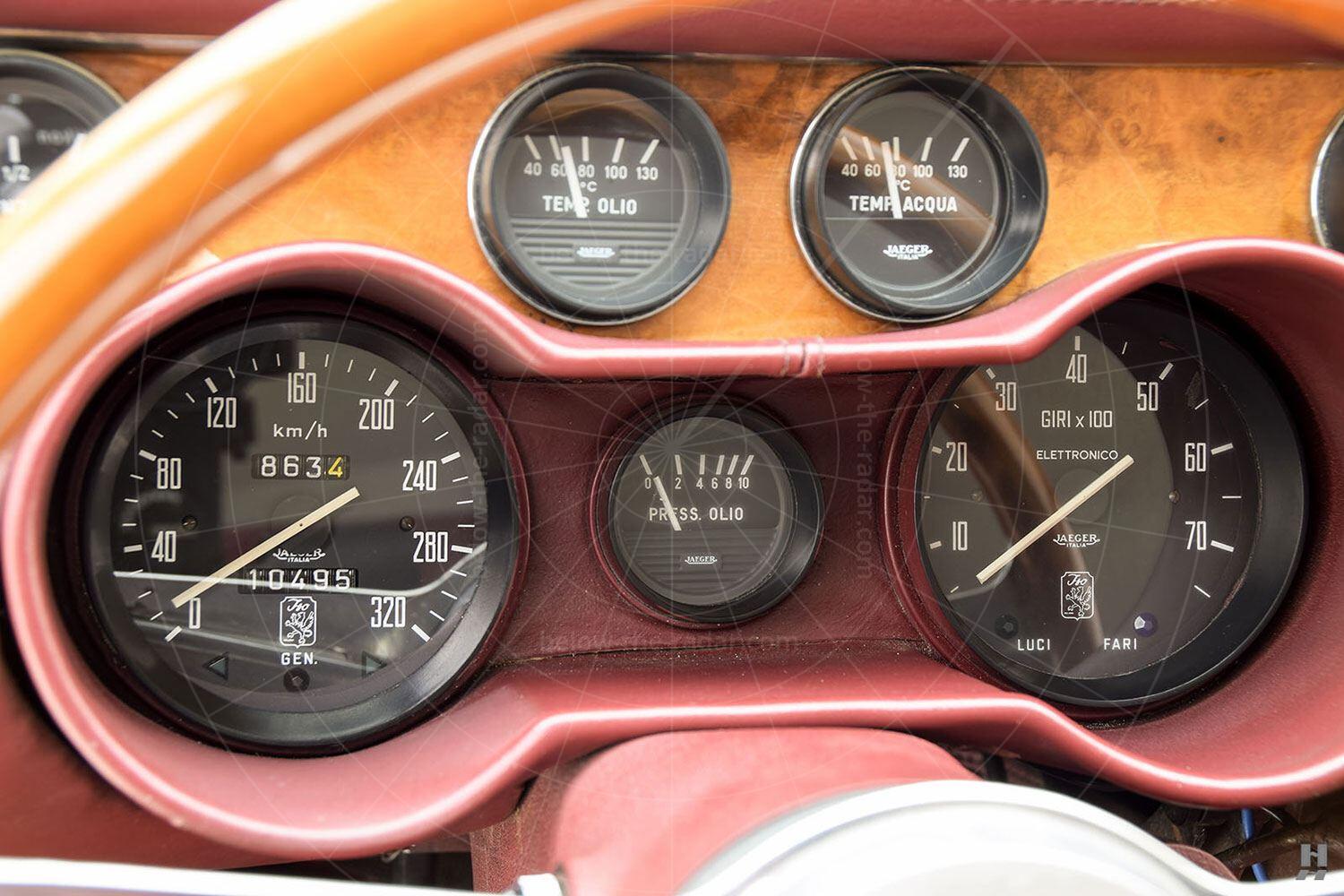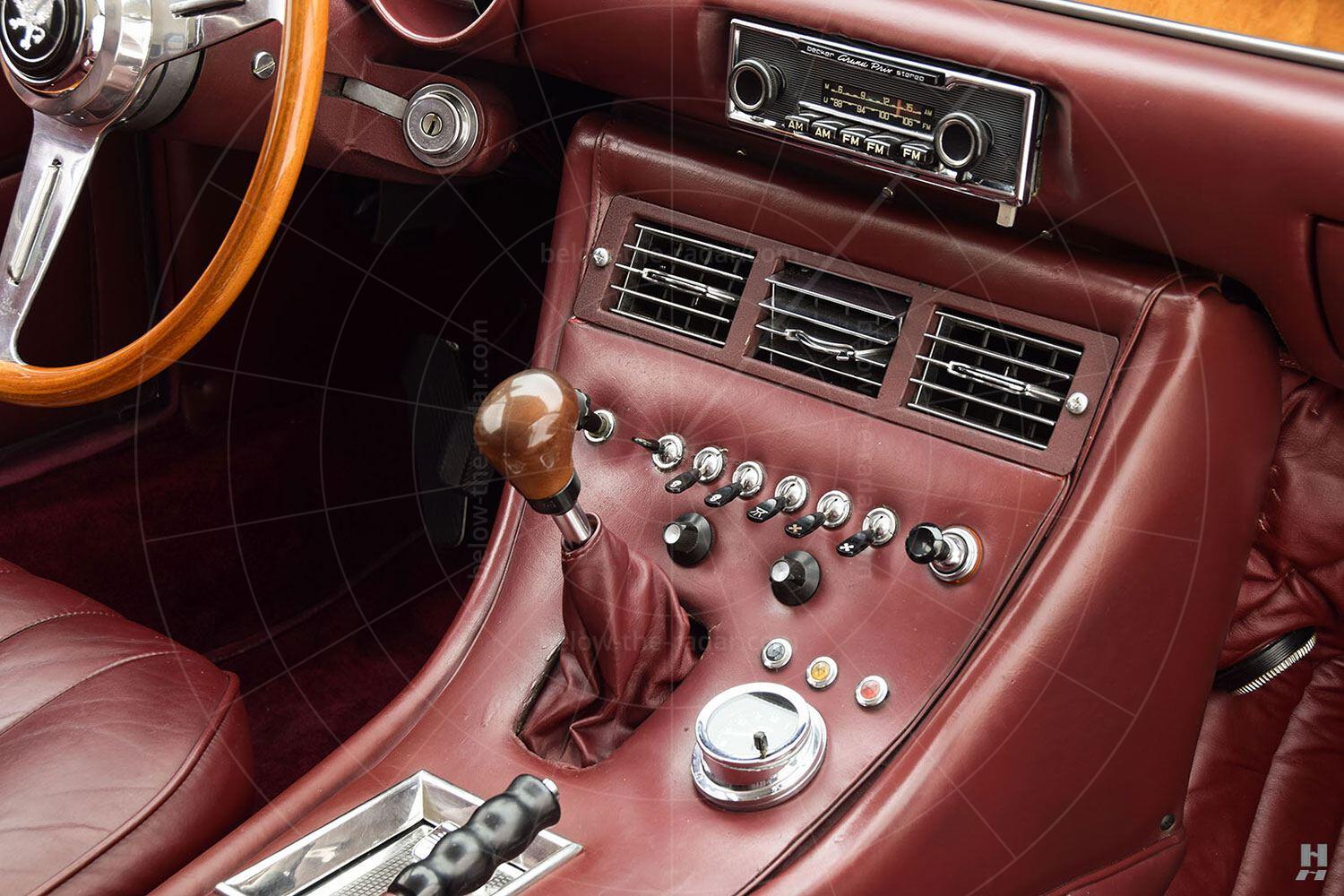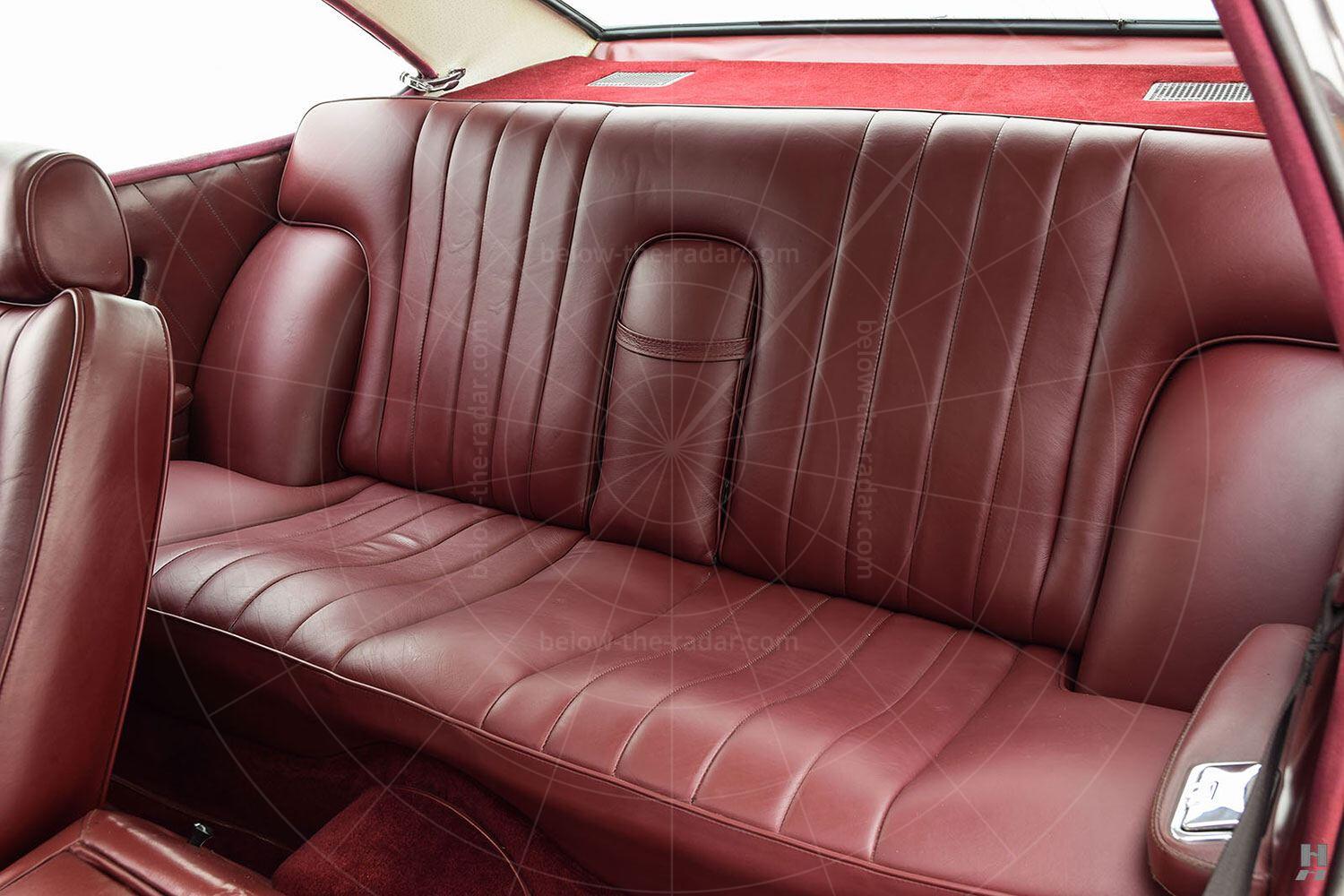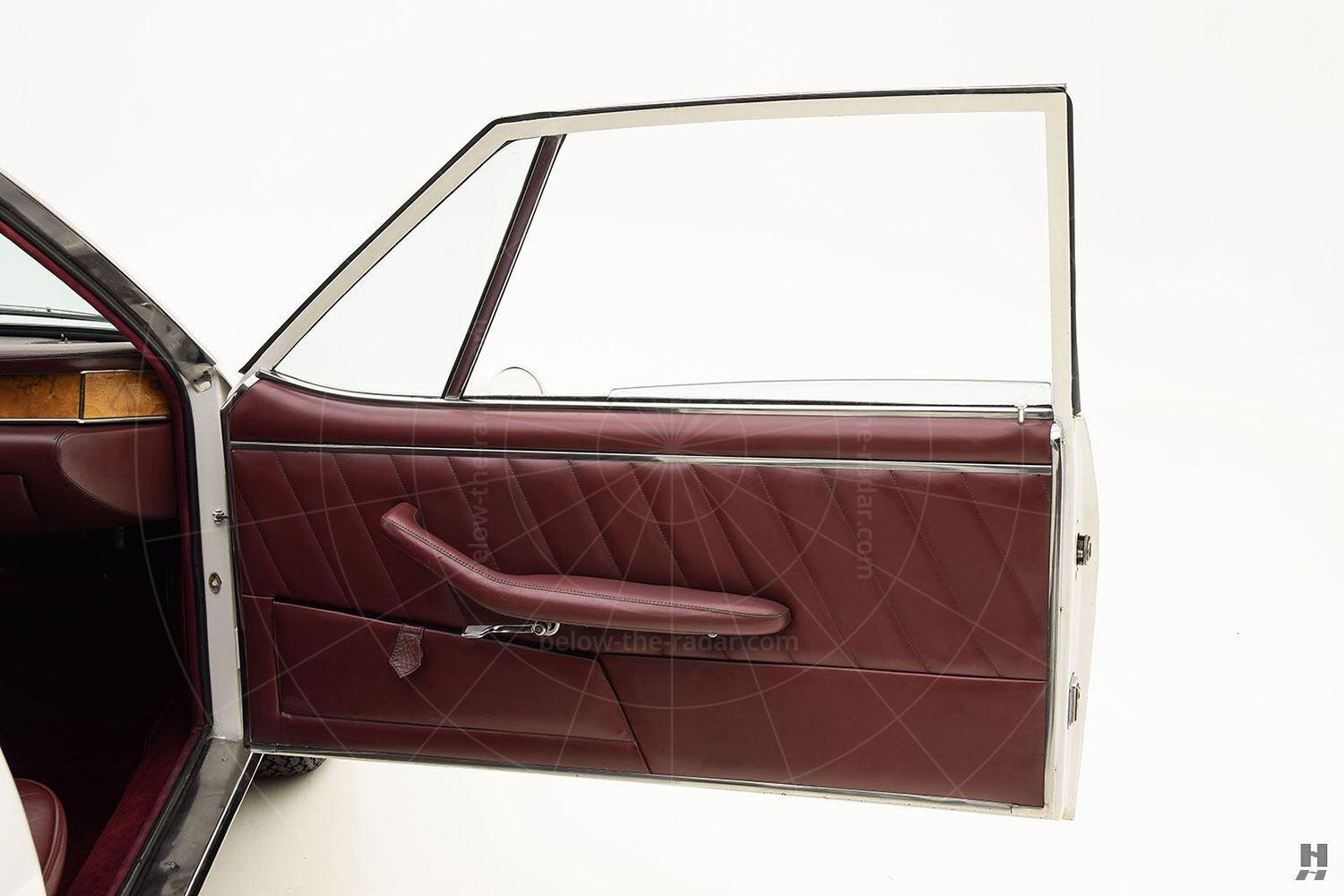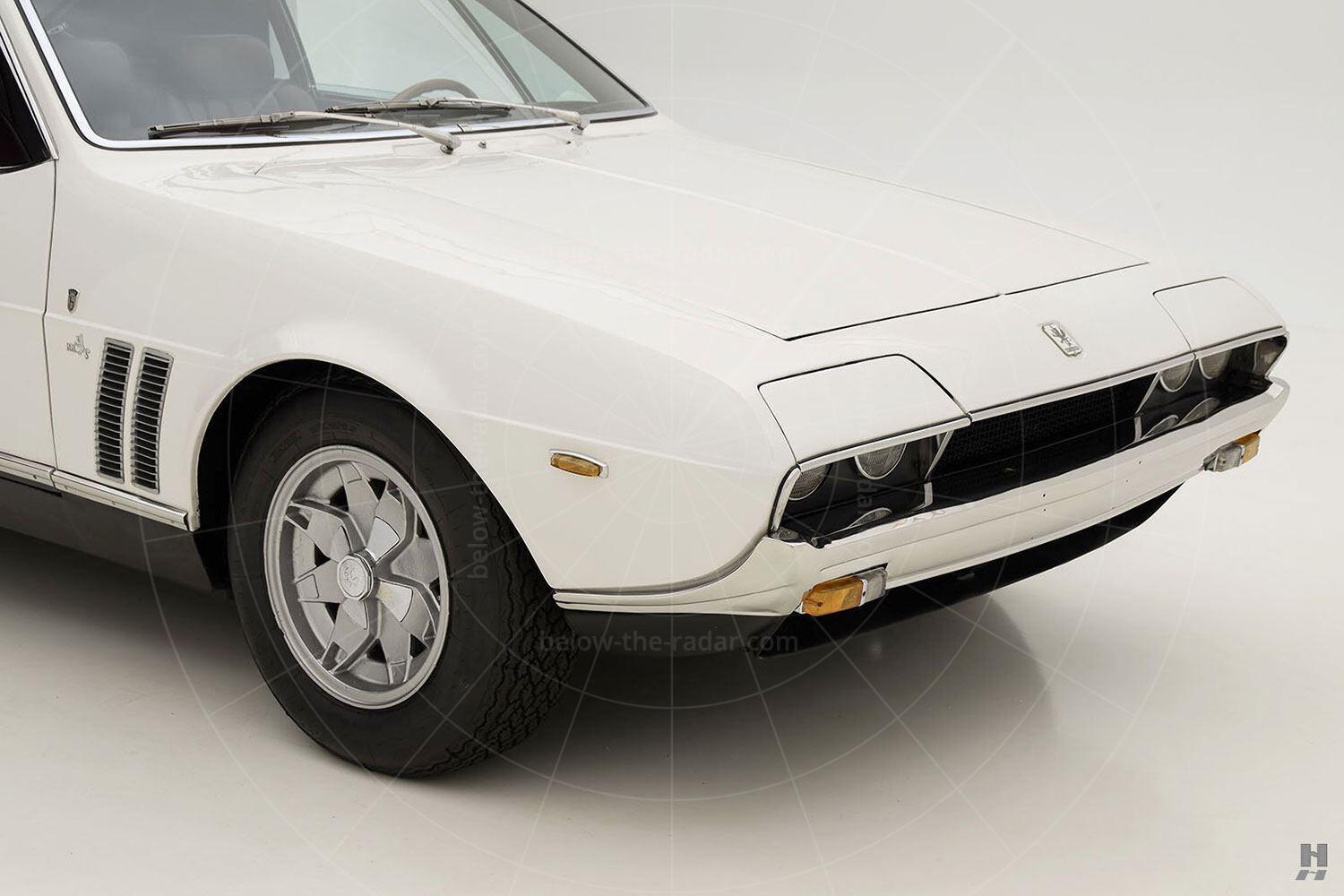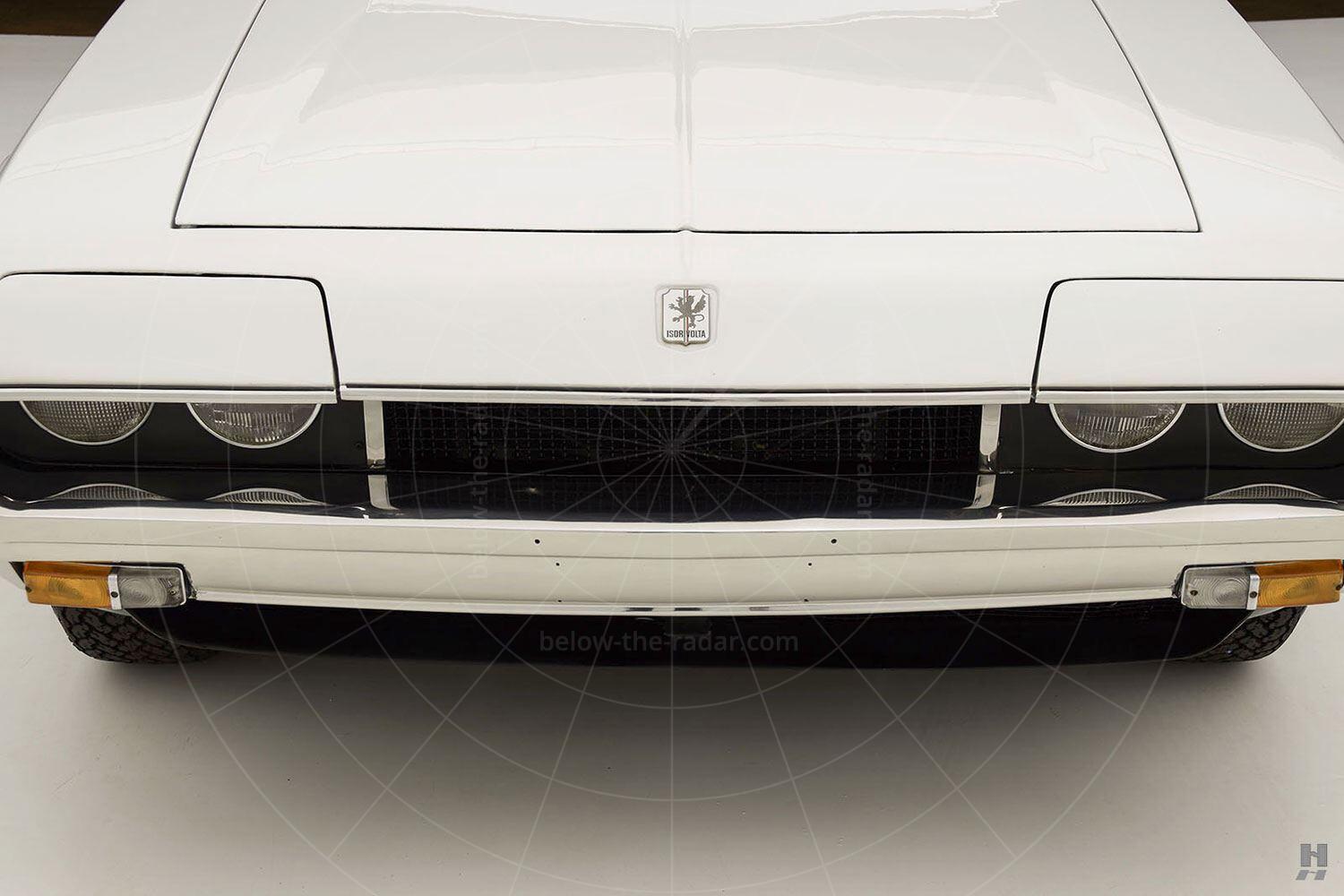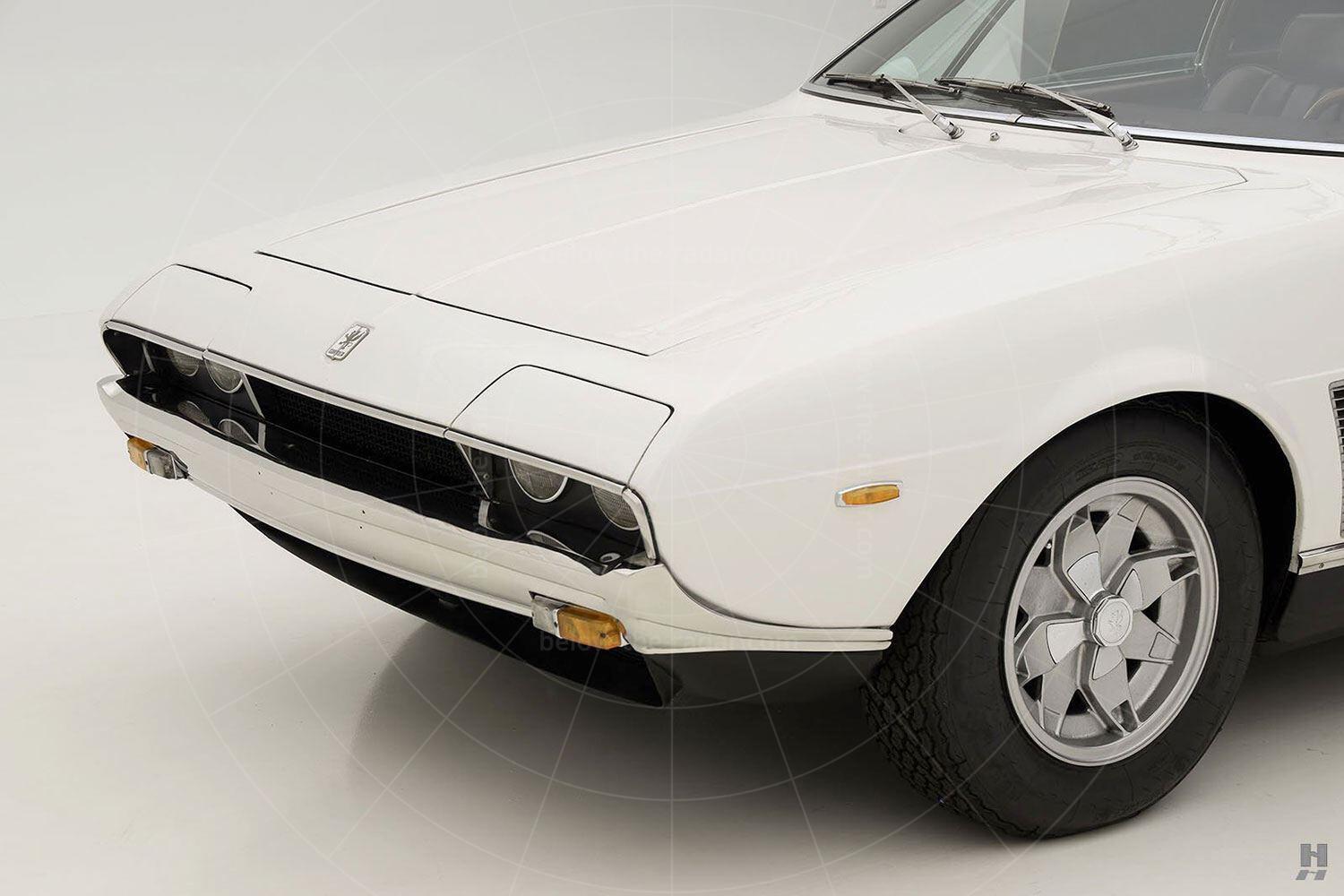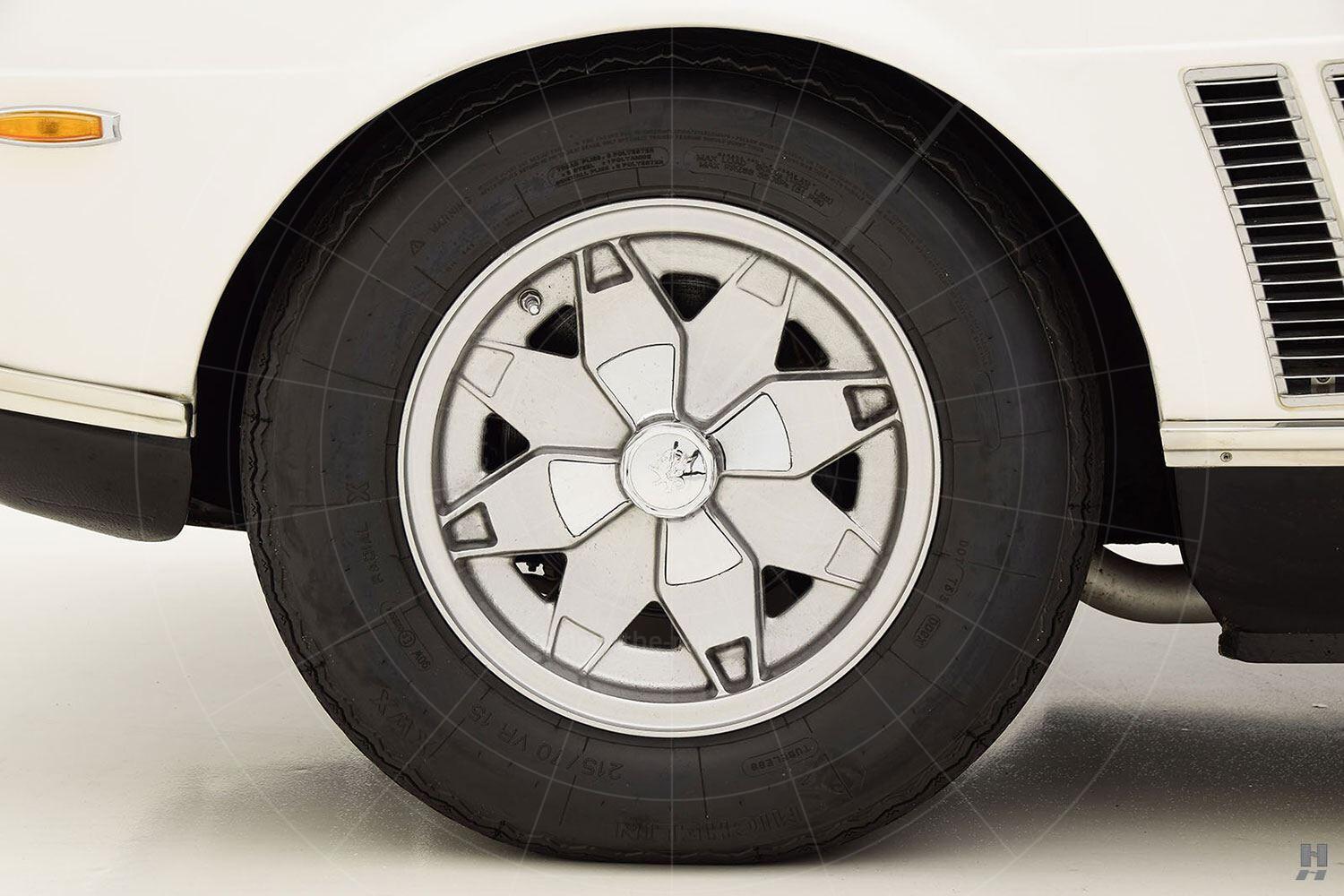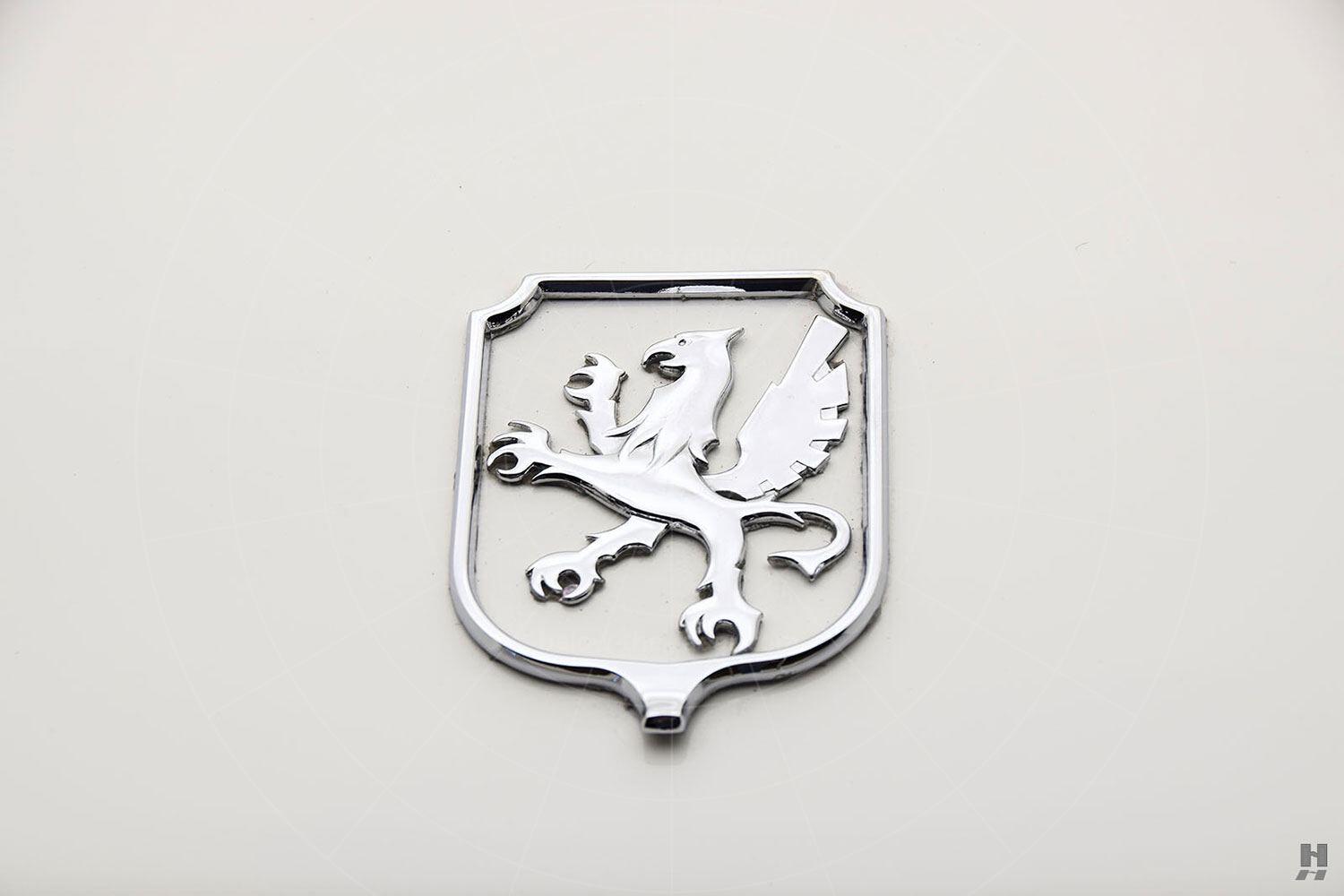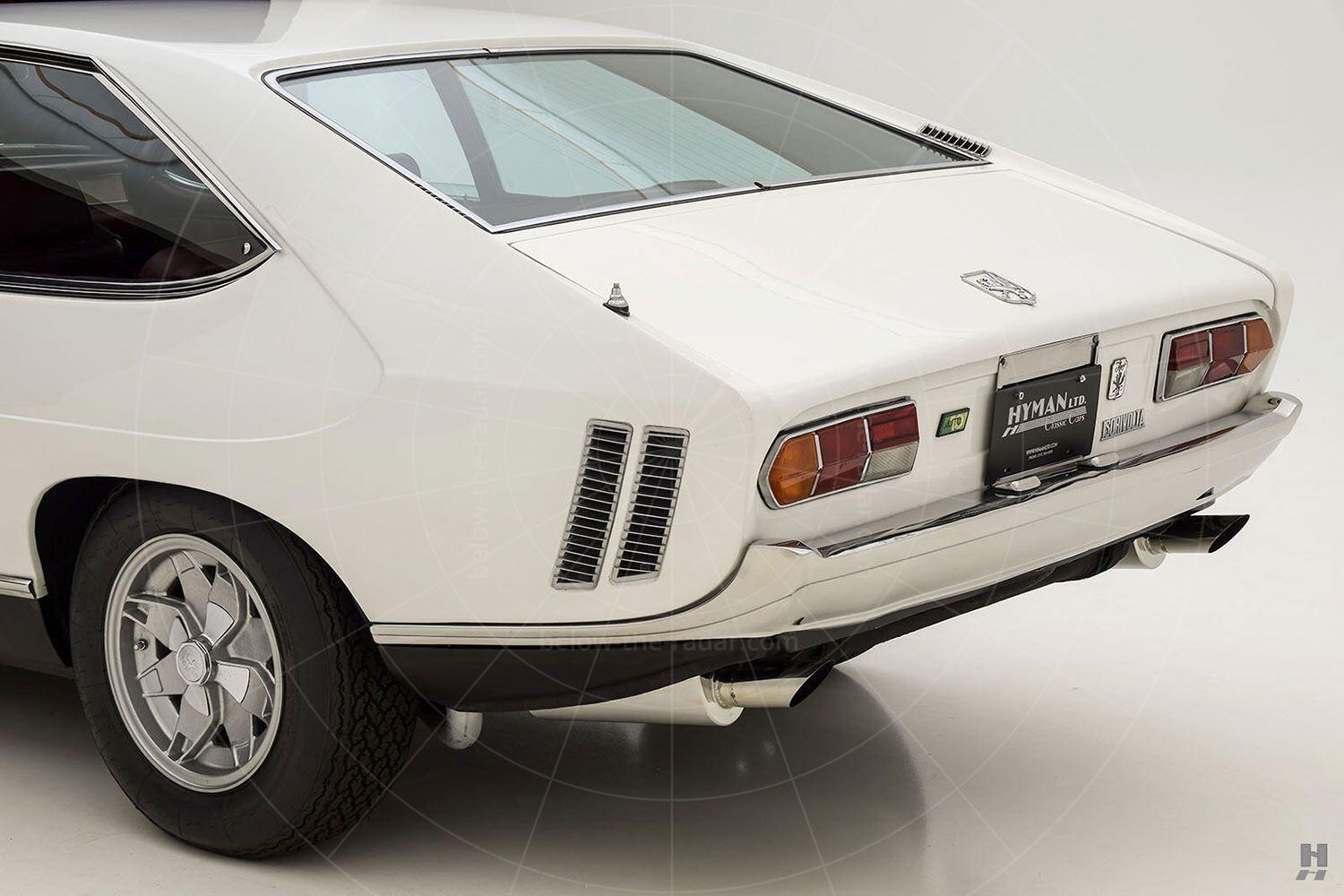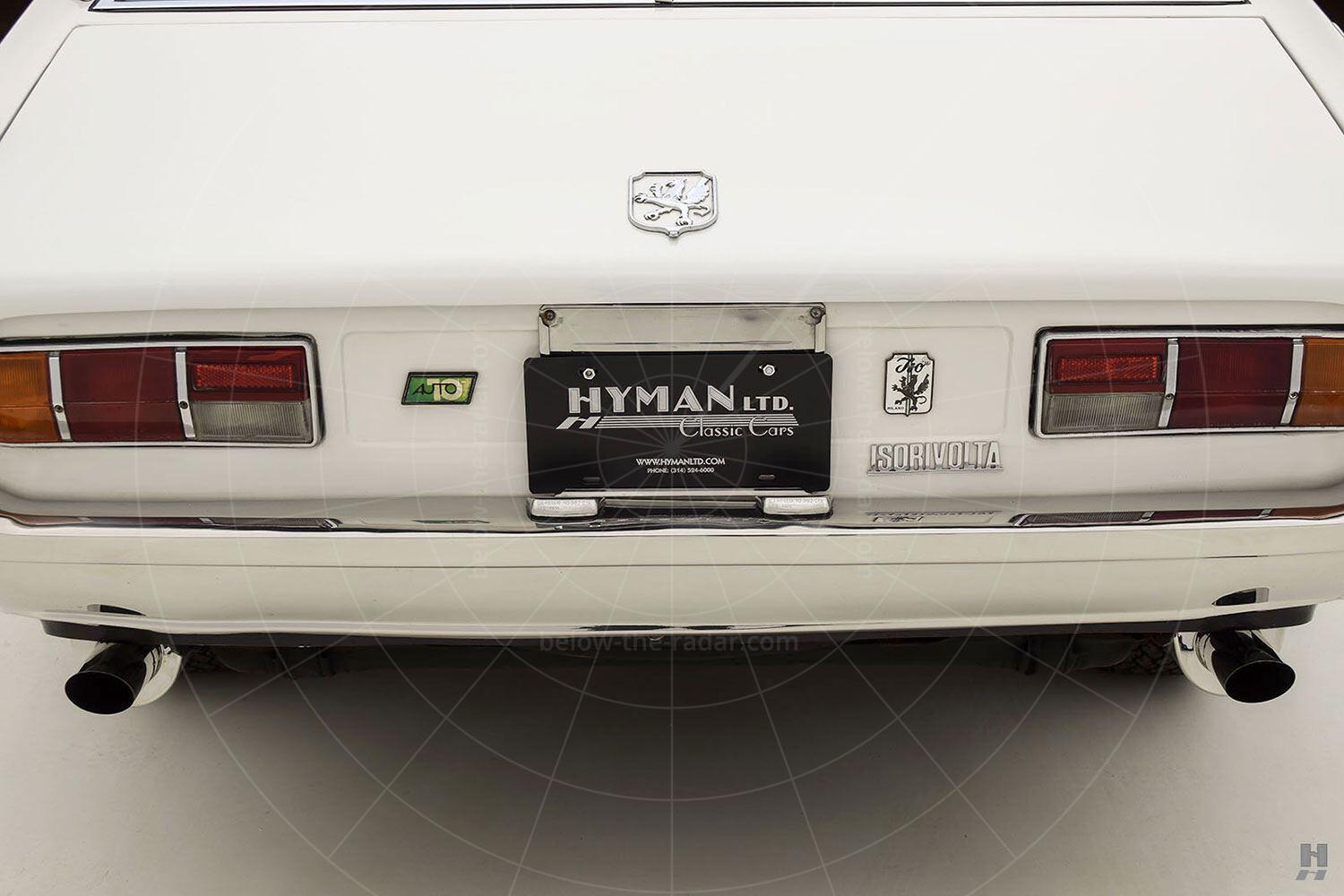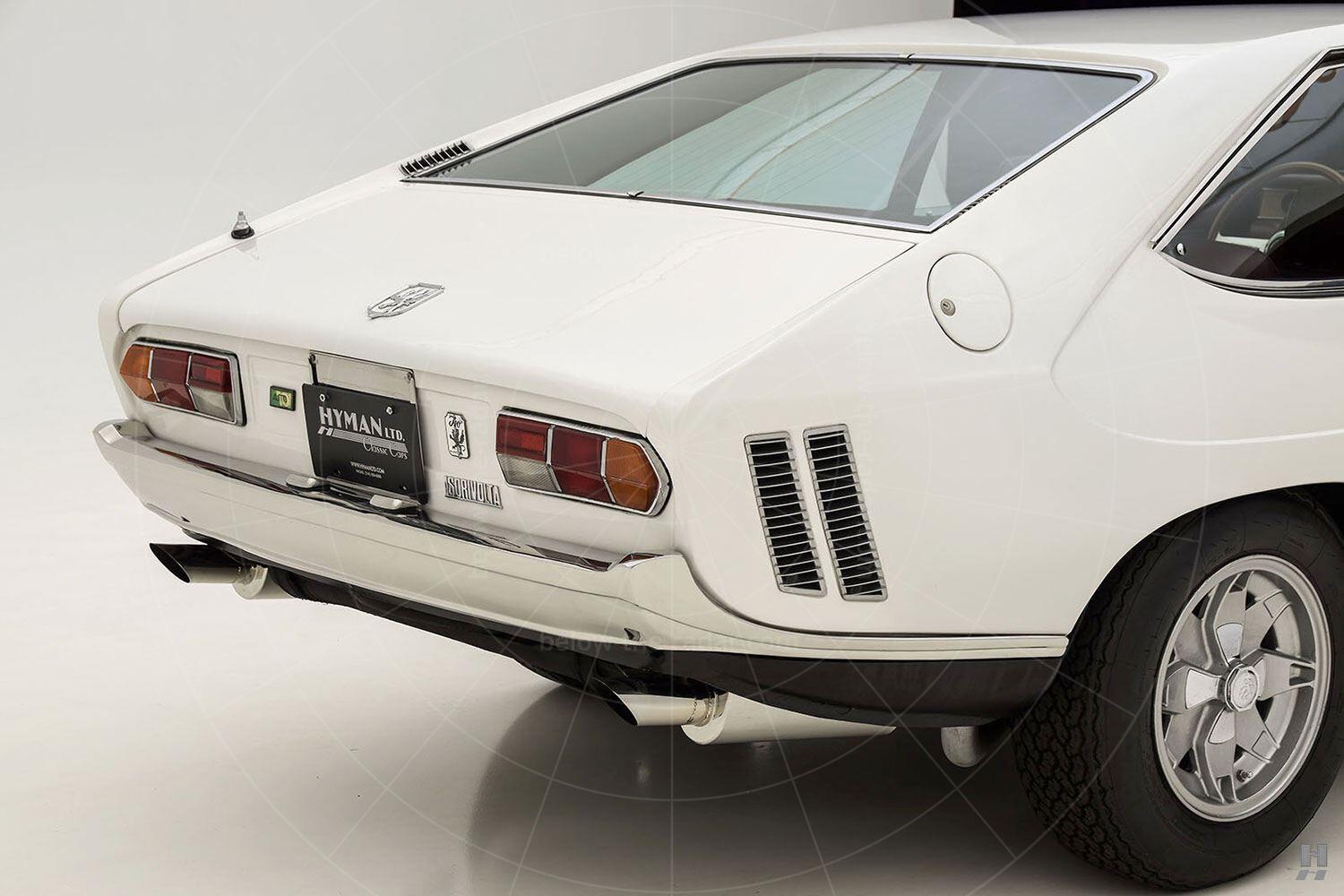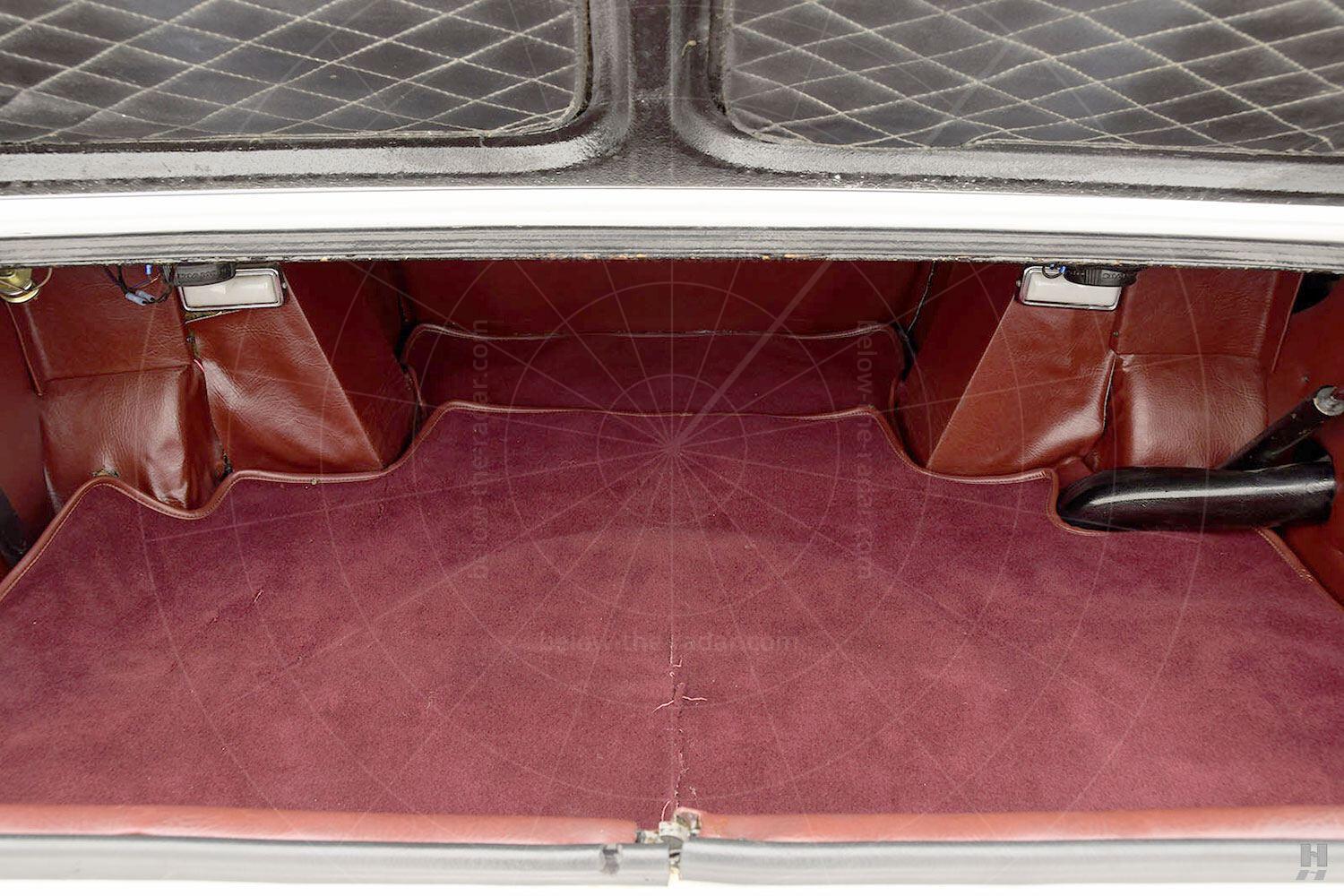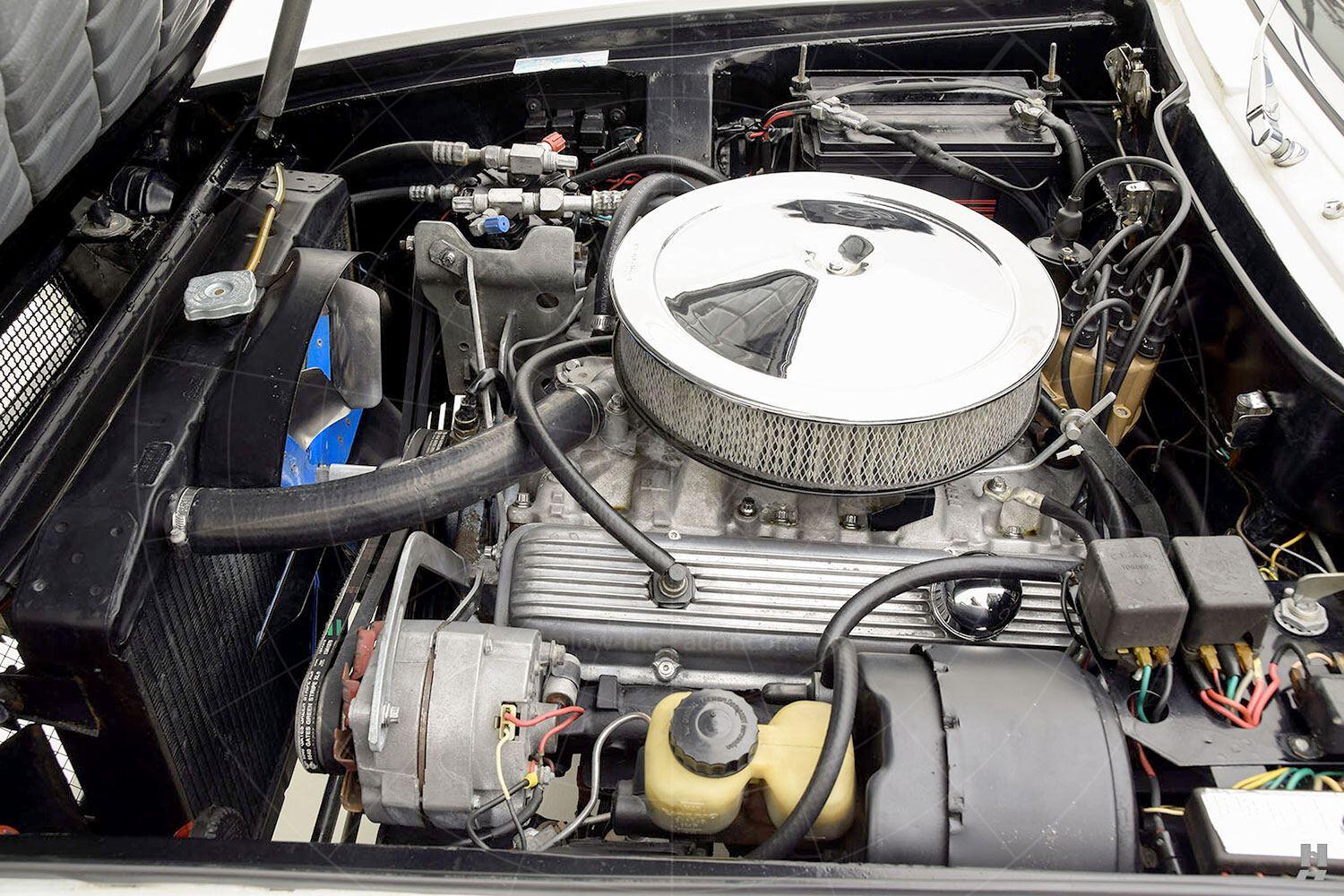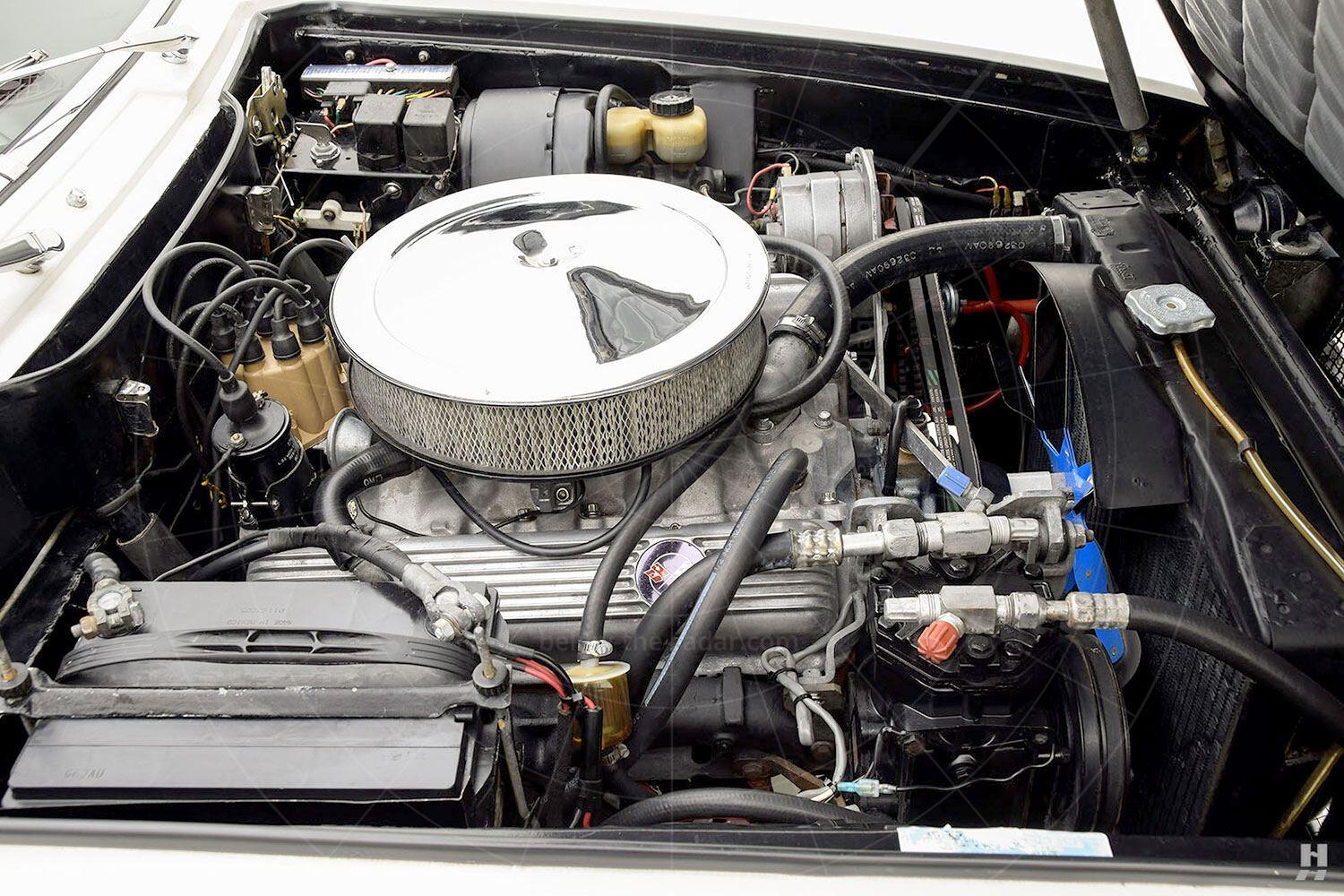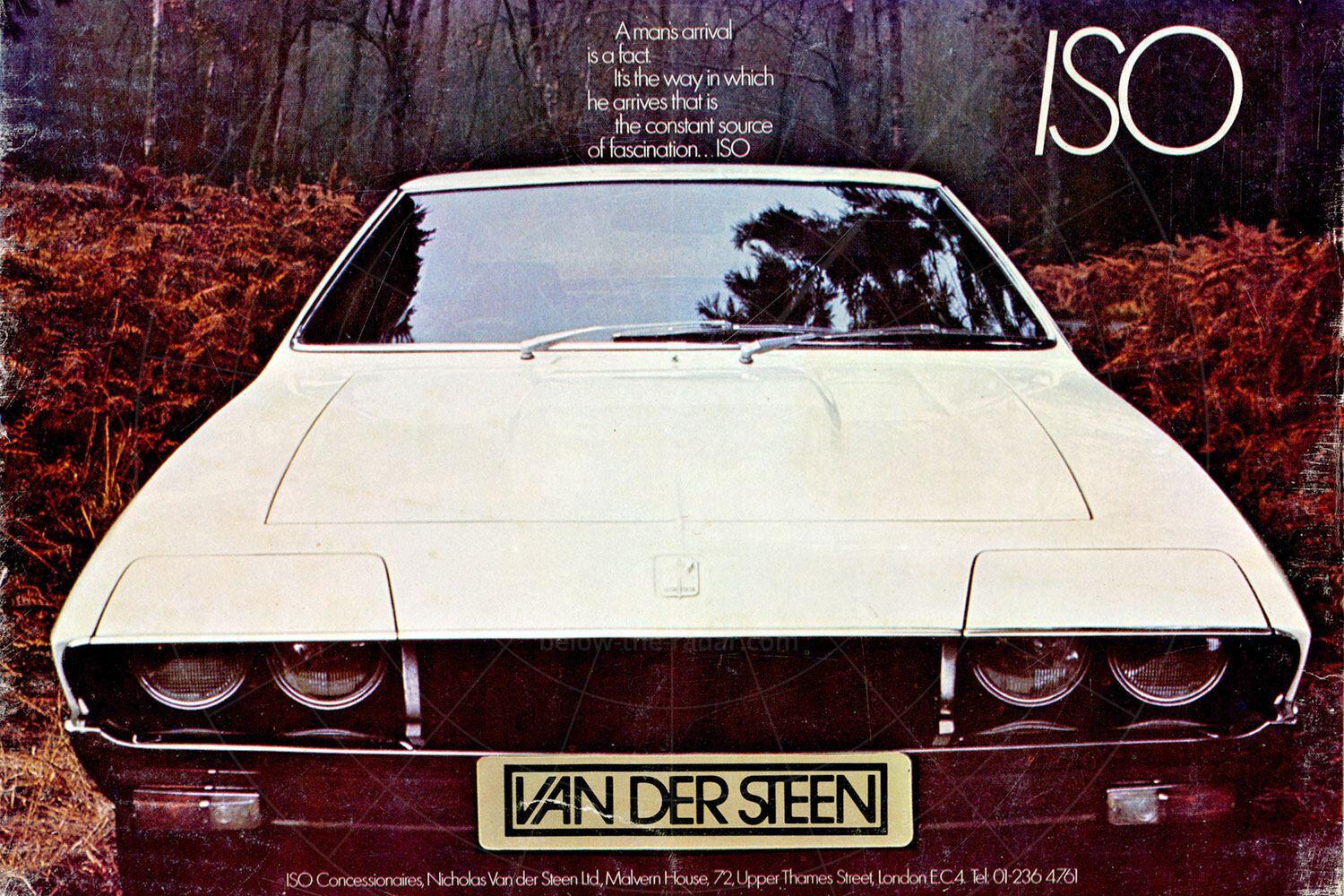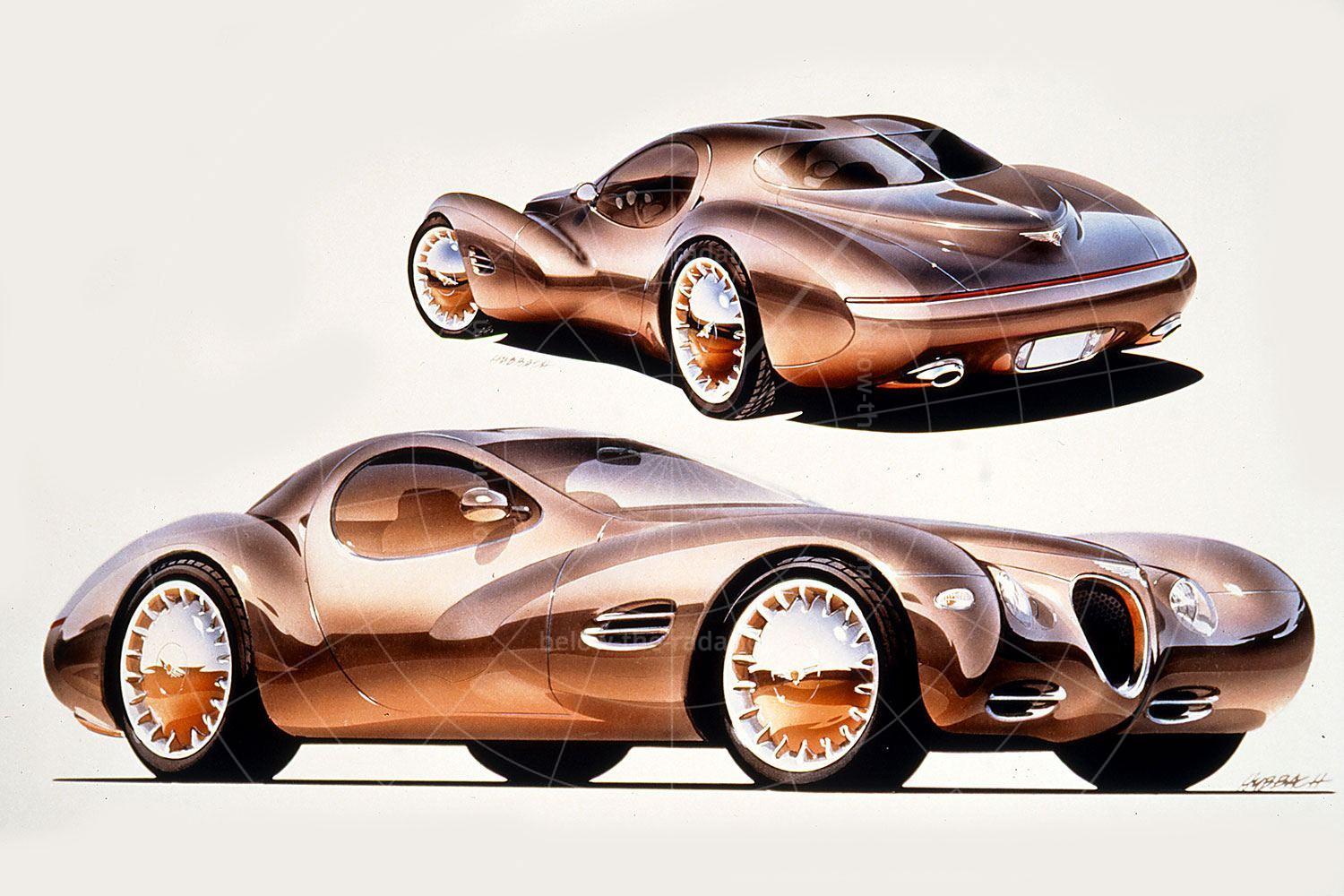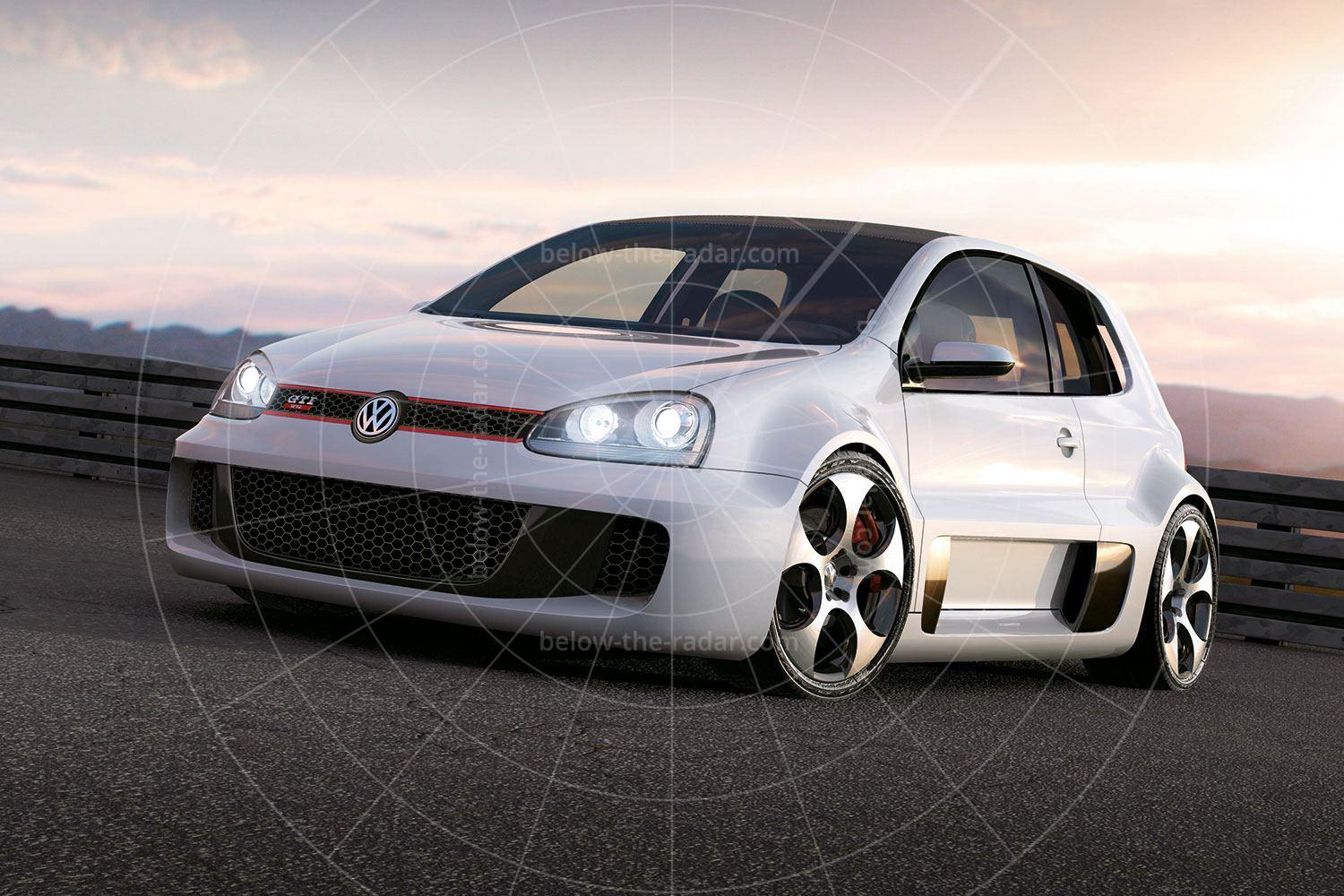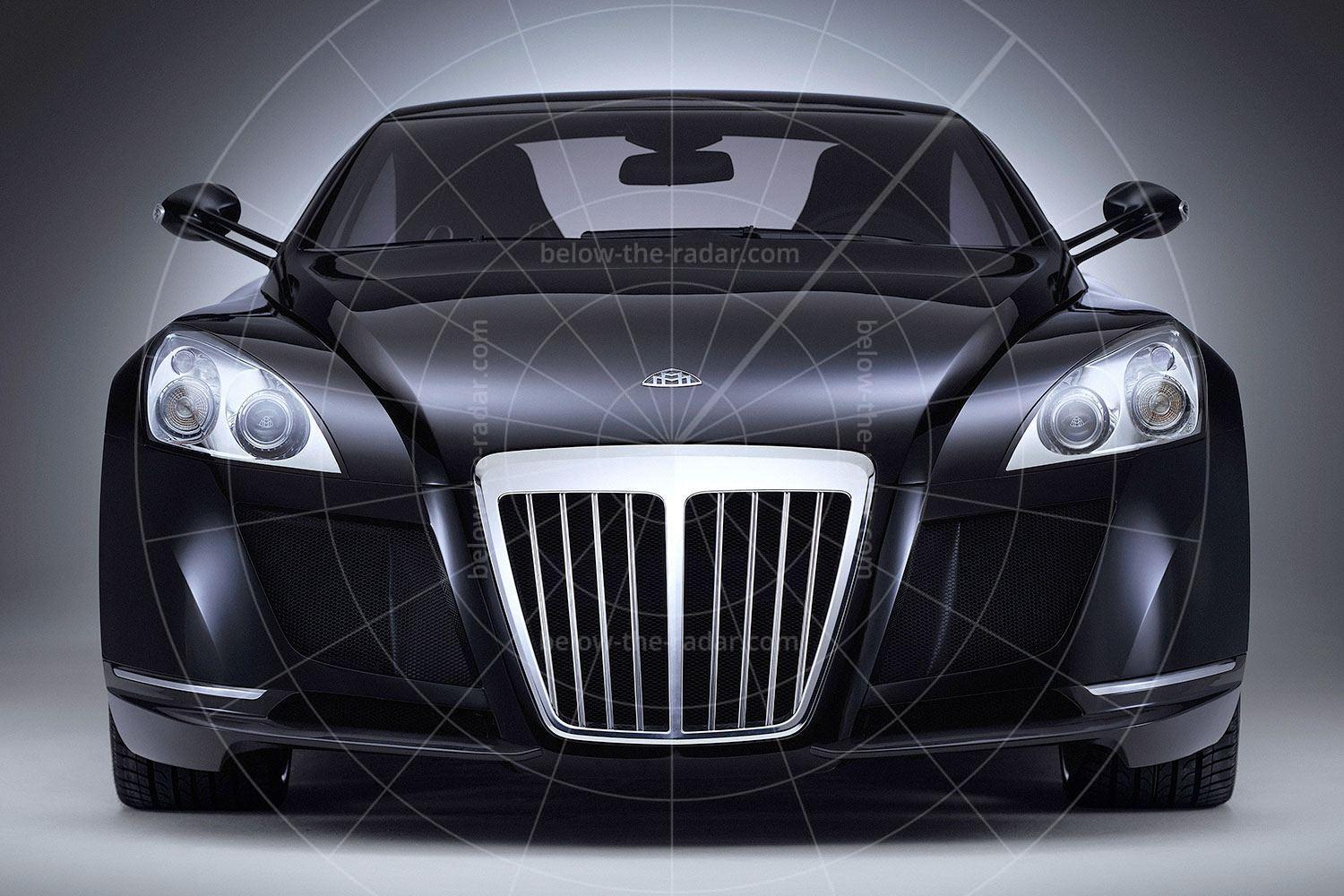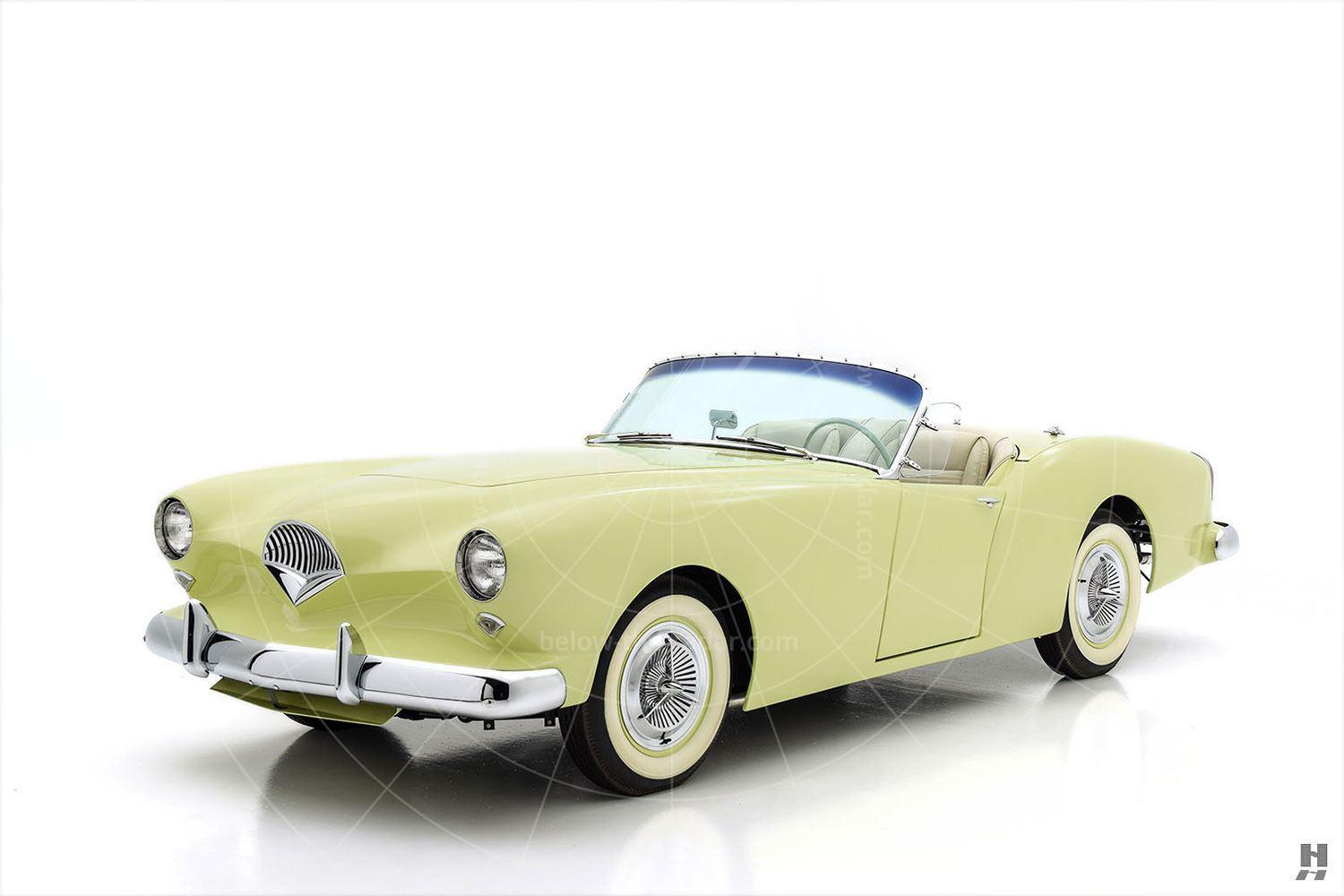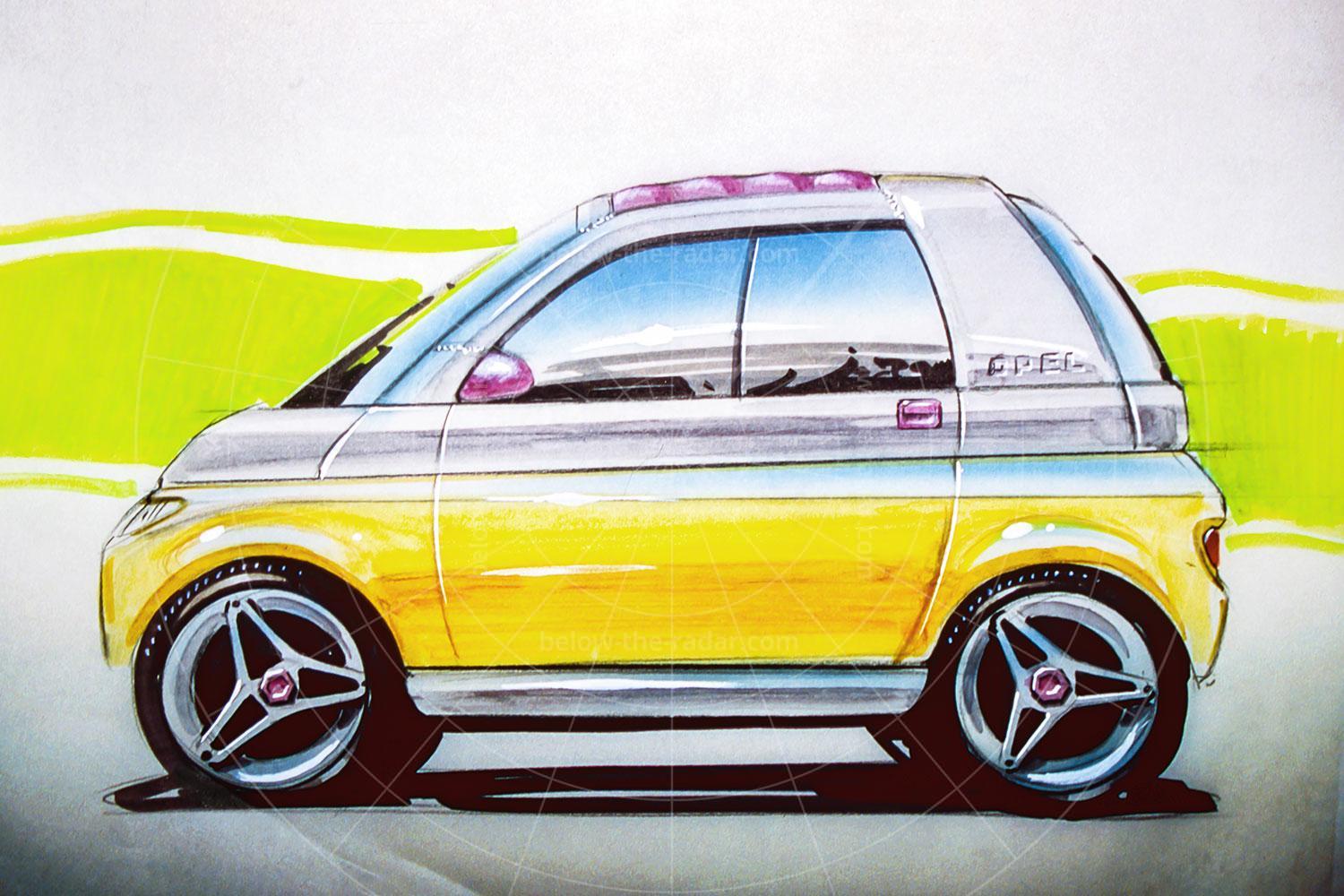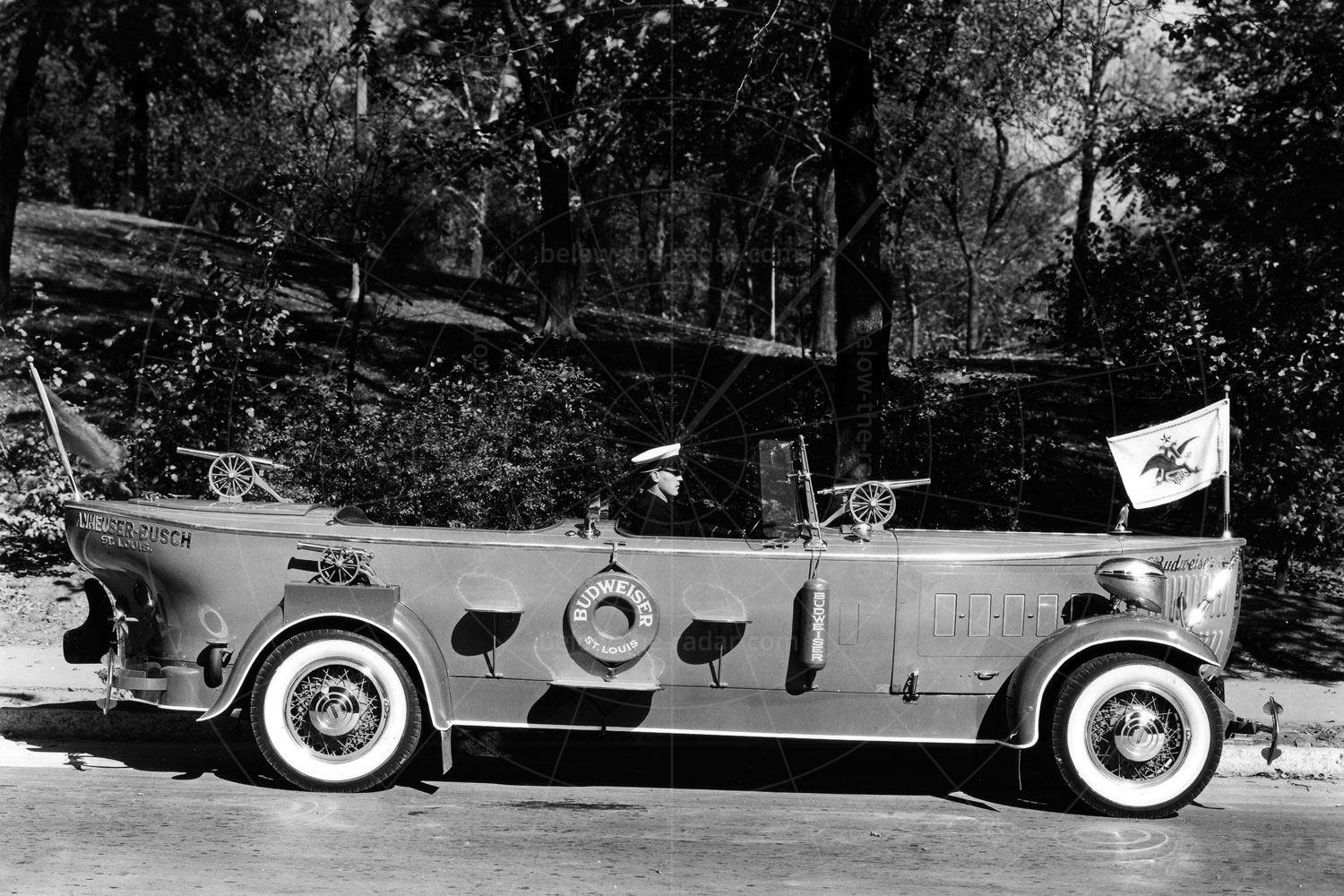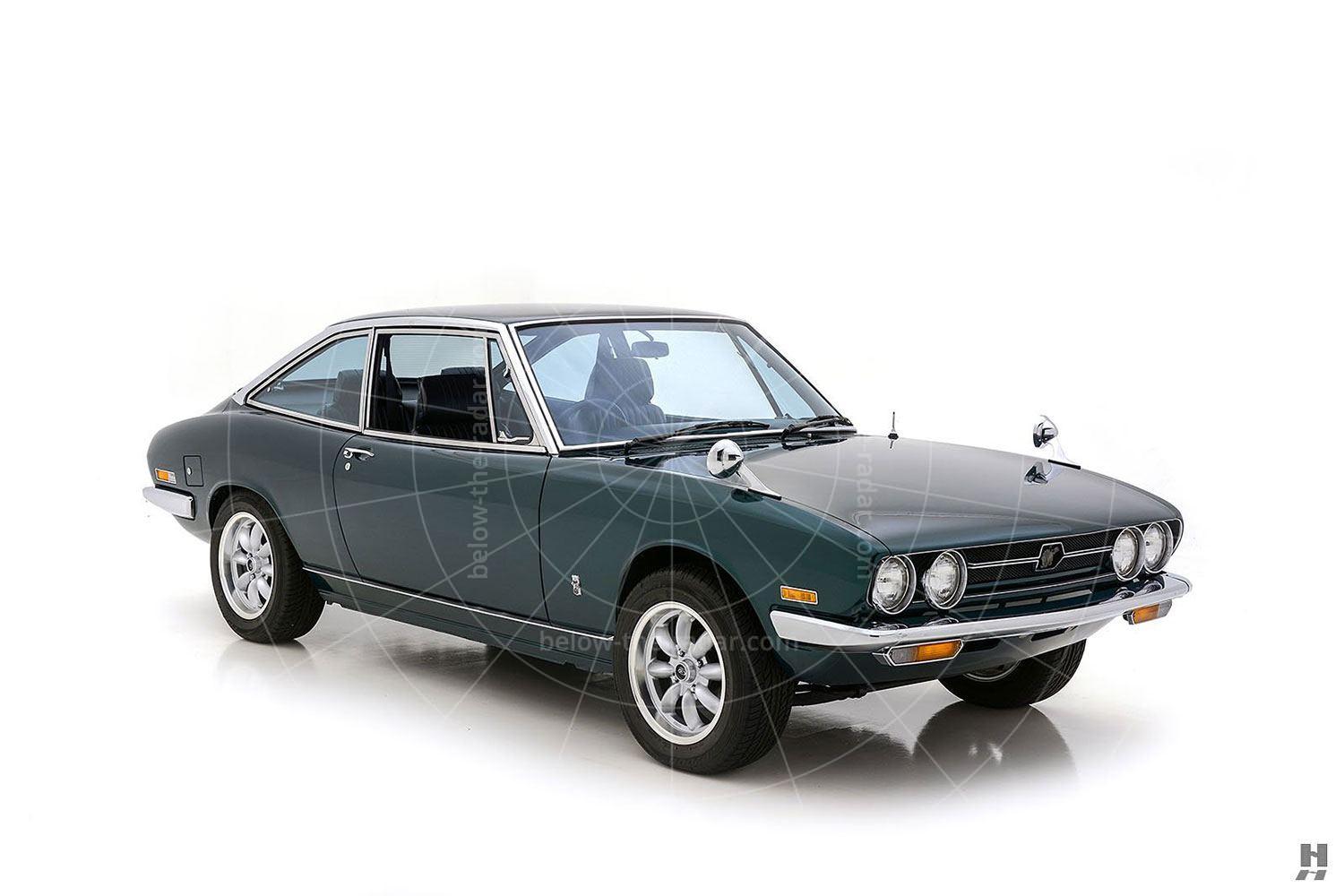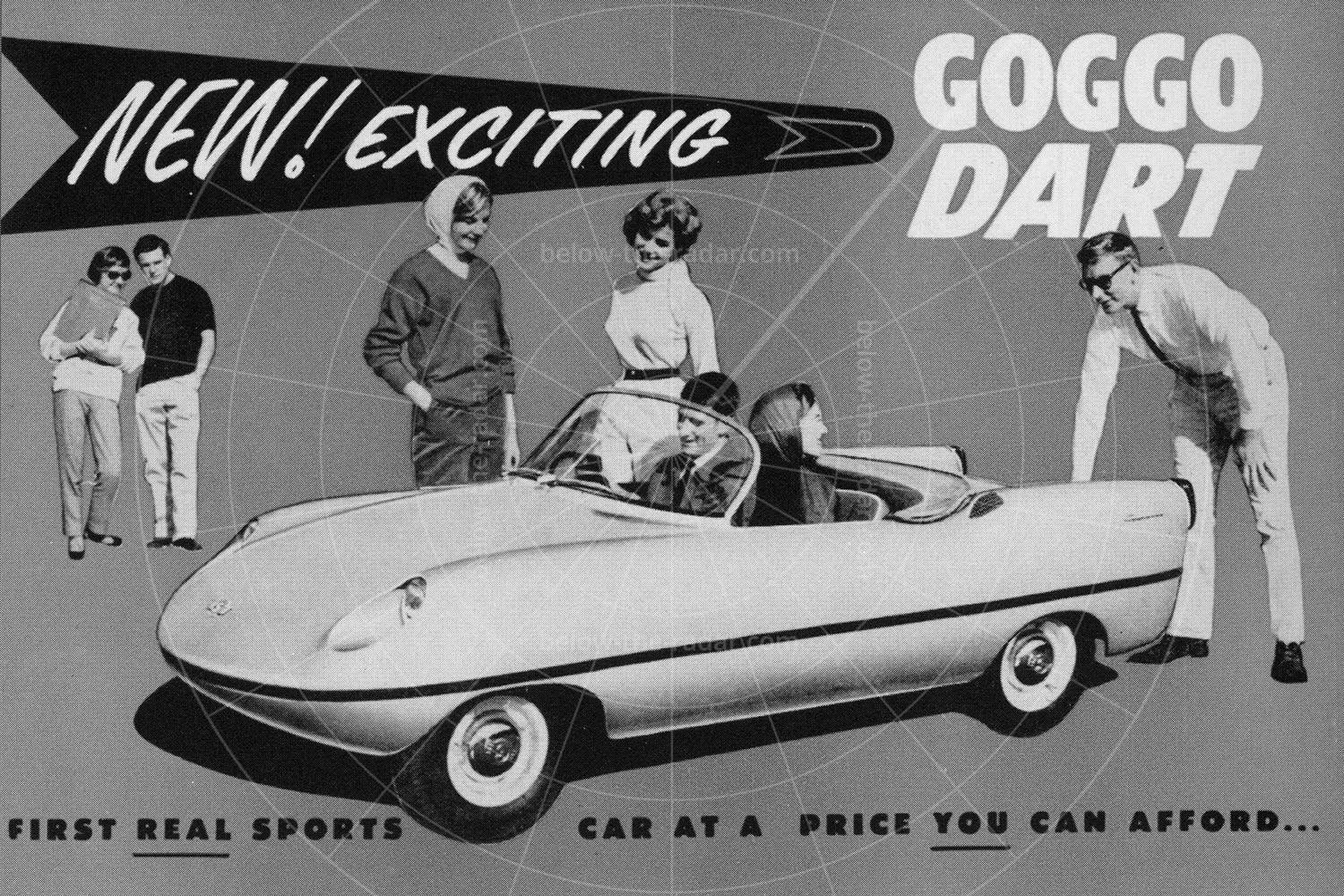Isothermos was an Italian refrigerator manufacturer founded in Genoa, Italy, in 1939. The company was taken over in 1942 by Renzo Rivolta, a car-crazy engineer and industrialist who soon ended refrigerator production and moved the company to Bresso, where it began production of high-quality motorcycles. Isomotos, as they were known, were well-built bikes with excellent performance, and despite being rather more expensive than the competition, they were popular with the Italian public; by 1950 Iso (pronounced 'ee-so') was Italy's third-biggest manufacturer of two-wheelers (behind Vespa and Lambretta).
While motorcycles were critical in getting war-torn Italy back on wheels, buyers needed something more practical for year-round use and runs to the shops. The solution came in the form of the Iso Isetta bubble car, a cheap, simple three- (or four-, depending on year and spec) wheeled microcar with a motorbike engine and room for two adults and some groceries.
The Isetta was a moderate success in the home market, but it was Rivolta’s decision to sell the design rights to other companies that proved to be his biggest stroke of genius. BMW produced a version of the Isetta that became one of the most popular microcars in Germany, which was just what the physically and economically devastated nation needed in the post-war period.
Renzo Rivolta’s business acumen afforded him the cash he needed to move much further upmarket with a line of elegant and stylish GT cars to take on the likes of Ferrari and Maserati. His new cars used Italian-designed chassis and bodies built by the legendary carrozerria of the day, but to save on development costs he used affordable and reliable American V8 horsepower, first from Chevrolet, and later from Ford.
Rivolta's first grand tourer was the Gordon-Keeble-esque (but rather less pretty) Rivolta coupé of 1962, which remained in production until 1970, with 797 examples sold. Next came the car with which Iso is most often associated; the Giugiaro-designed Grifo, of which 413 examples were built between 1965 and 1974. Just a year after the Grifo launched, Renzo Rivolta died suddenly and unexpectedly, with his son Piero taking over the company. He continued along the path that his father had set for the company by adding additional models and even making a moderately successful foray into motorsport.
The Lele (pronounced 'lay-lee' and named after Piero’s wife Lele Rivolta) debuted in 1969 as part of a three-car line-up that included the two-seat Grifo and the four-door Fidia, with the four-seat Lele grand tourer positioned between the two. The Lele was Piero Rivolta’s answer to the Lamborghini Espada, Maserati Mexico and the Ferrari 365 2+2; a uniquely styled GT coupé which bore more than a passing resemblance to the Espada, particularly in the long and dramatic fastback roofline and slightly chunky proportions; both cars were styled by Bertone at about the same time. Unfortunately for Iso, the Lele's styling didn't really work very well from any angle, with too high a roof line and a bonnet that needed a bit more length to be truly successful visually.
From 1969 until 1972 the Lele was powered by Chevrolet’s Turbofire 327ci V8, all cars coming with a four-speed manual GM transmission. Then in 1972 Iso switched to Ford power, with a 351 Cleveland engine fitted up to the end of production in 1974, with buyers able to choose between a ZF five-speed manual or Ford Cruise-o-Matic three-speed automatic gearboxes. Whichever engine was fitted the Lele proved an enigmatic option in the GT car class, delivering ample performance with a decent dose of (rather flawed) luxury.
When Motor tested an Iso Lele in spring 1974 its front cover promised much, with the strapline "comeback for the £10,000 four-seater?", but it was already too late as the company was heading for bankruptcy. Piero Rivolta had sold Iso to businessman Ivo Pera in late 1973, and in May 1974 he attempted to relaunch the Iso brand. At the time he said that he aimed "to make the Iso the best sports car in the luxury field and the most luxurious car in the sports field".
The problem was that Iso's quality had fallen far short of the mark, with customers unhappy with their cars which were outclassed by rivals from Maserati, Ferrari and Lamborghini. Pera's response was to try to re-engineer the cars to use Chrysler powerplants and some other parts for improved quality and reliability. By the time Iso went bust the brand's UK importer (Nicholas van der Steen) had already gone to the wall – all within months of the ample press coverage for the Lele. That included Motor's review of a Ford V8-powered car, the magazine stating:
In conception the Lele falls between two stools. It's not quite large enough to be called a saloon yet it's considerably larger than many a so-called two-plus-two. If it weren't for the cramped head room in the rear it would be able to take four large adults with ease. Yet it also doesn't have enough sporting appeal to be labelled a sports car. Although it does have some pretensions of this sort, the accent is unashamedly towards comfort and opulence. You could say that it lies somewhere between an Aston Martin and an XJ12; the fact that there isn't a label for it may be one of its most attractive features.
It is probably from these two cars and perhaps the Jensen Interceptor and Mercedes 450 SLC that the Lele will find its strongest opposition. Looked at objectively it is not a competition in which the Lele in its present form fares very well. It suffers from a number of faults which spoil a basically good car. As with many expensive exotics the heating system is poor and the windows mist up very easily. In addition, the turning circle is far too large for town driving and poor traction leads to unforgiving handling on wet roads, a most disappointing feature considering the theoretically good rear suspension and provision of a limited-slip differential. There was some evidence of poor finish and a lack of attention to detail in the rather muddled interior too.
In some respects it is very good however. Its acceleration from a standstill is startling for an automatic car; few rivals can boast a 0-60mph time of 7.3 seconds and 19.2 seconds to 100mph. Perhaps the top speed of 132mph is below average for the class, but such a figure is academic in these days of blanket speed limits. What is more important is that the Lele is effortless when cruising at speeds close to its maximum; effortless because the car is so peaceful.
If you've got £10,000 to spend on a car then it's unlikely that you're going to be particularly worried by a fuel consumption of 11.3mpg, but such thirst can only be considered downright anti-social these days. With attention to this and other details already mentioned, the Lele could be turned into an extremely desirable car".
Just a few months later Lele production ended when Iso went bust, by which point just 317 examples had been built, few of which have survived thanks to the ravages of corrosion.
| Vital statistics | |
|---|---|
| Produced | 1969-1974, Italy |
| Number built | 317 |
| Engine | Front-mounted, Ford 5768cc, V8 |
| Transmission | 5-speed manual/3-speed auto, rear-wheel drive |
| Power | 325bhp at 5800rpm |
| Torque | 349lb ft at 3800rpm |
| Top speed | 132mph (auto, limited by gearing) |
| 0-60mph | 7.3 seconds (auto) |
| Price | £9945 (1974) |
The Iso Lele pictured was sold by Hyman Ltd, to which thanks are due for the use of its pictures here.

